

Much like every summer, temperatures across the United States are expected to vary, according to the National Oceanic and Atmospheric Administration. The eastern and western portions of the country should see warmer than average conditions, while the Plains and Upper Midwest are forecast to see cooler temperatures than are normal for the warmest months.
While this forecast may be seen as a blessing or a curse — depending on one’s location and preferences — it is not unusual for different parts of the country to have different climates and climate trends. This is not surprising for a large geographical area that spans several different climate groups.
24/7 Wall St. examined summer temperatures in each state over two periods. We reviewed for each state the average temperature during the summer months of June, July, and August from 1901 to 2000, and between 1980 and 2010, using the Climate-at-a-Glance feature of the National Centers for Environmental Information produced by the government scientific agency National Oceanic and Atmospheric Administration.
Looking at average yearly temperatures for each state’s weather stations, we also found the areas in each state that tend to be the hottest during the summer. The areas nationwide with the highest recorded temperatures are not necessarily located in states with the highest average temperatures. For instance, the hottest temperature recorded since 1980 was in Phoenix, Arizona. But Arizona, on average, is not the hottest state during the summer even though it is home to some of the country’s hottest cities.
Similarly, the area where a state’s highest temperature was recorded is not necessarily the hottest place, on average, in that state. For example, while the highest temperature recorded since 1980 in California was in Redding, the hottest area on average is Bakersfield. Combined with that city’s poor air quality, this could result in some especially unpleasant days over the next few months.
Click here to see the hottest and coolest states in the summer.
To identify the hottest and coldest states in the summer, 24/7 Wall St. reviewed for each state the average temperature during the summer months of June, July, and August from 1901 to 2000 using the Climate-at-a-Glance feature of the National Centers for Environmental Information produced by NOAA. We also reviewed 30 years of temperature records between 1980 and 2010 from NOAA’s Comparative Climate Data Report from 2018. The hottest area in the summer is based on the 30-year data, as is the location of the weather station with the highest average temperature. The data used to rank Alaska is based on data from 1953 through 2000.
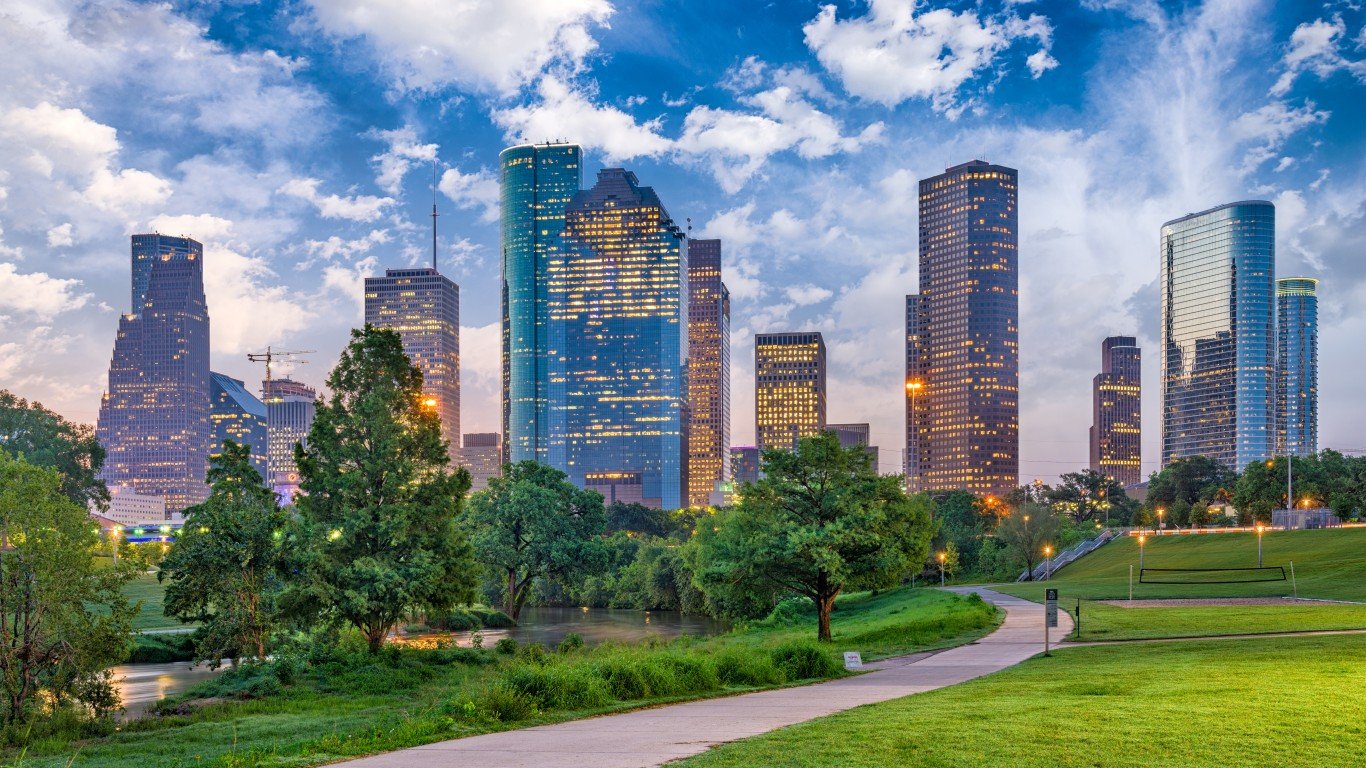
1. Texas
> Average temperature in the summer: 81.3 F
> Hottest area in the summer: Del Rio with avg. summer temp. of 85.4 F
> Highest temperature recorded since 1980: 117.0 F in Wichita Falls
[in-text-ad]
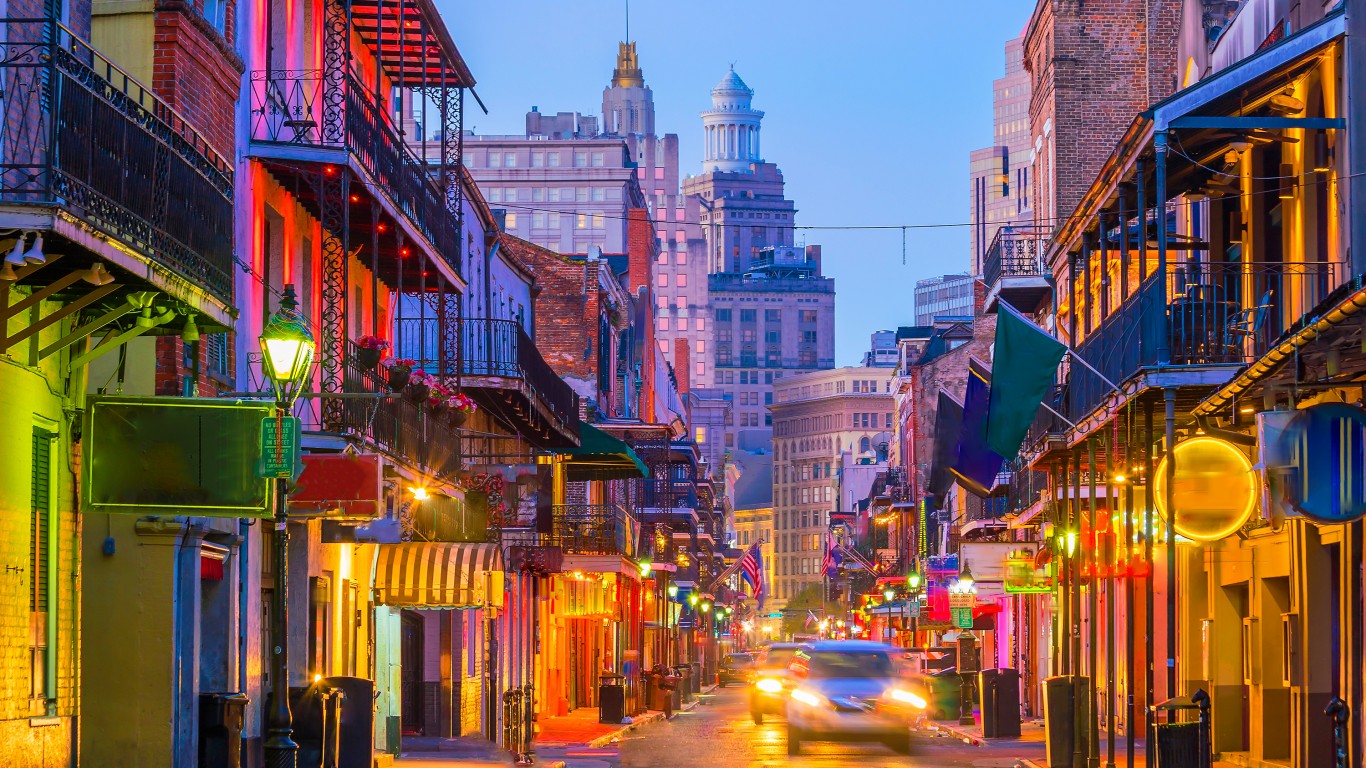
2. Louisiana
> Average temperature in the summer: 81.1 F
> Hottest area in the summer: New Orleans with avg. summer temp. of 82.7 F
> Highest temperature recorded since 1980: 109.0 F in Shreveport
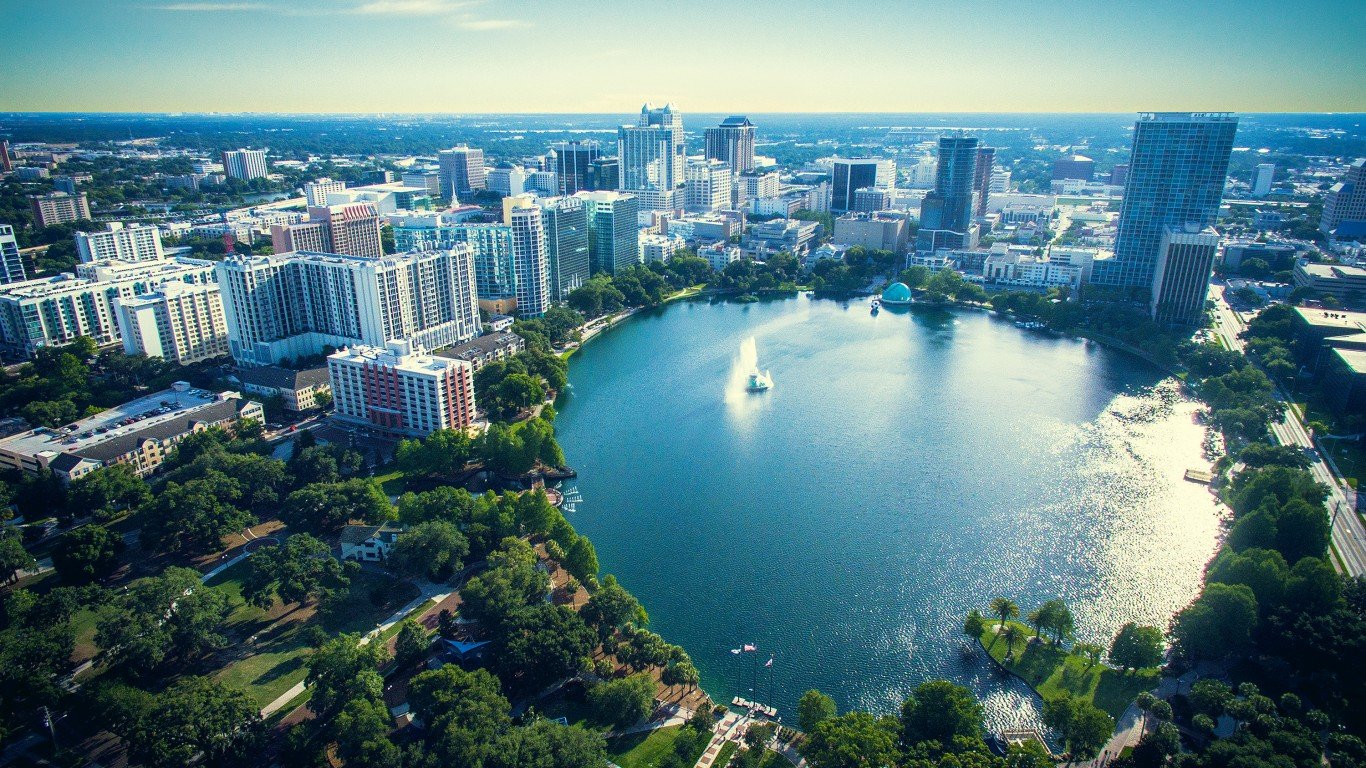
3. Florida
> Average temperature in the summer: 80.5 F
> Hottest area in the summer: Key West with avg. summer temp. of 84.2 F
> Highest temperature recorded since 1980: 106.0 F in Pensacola
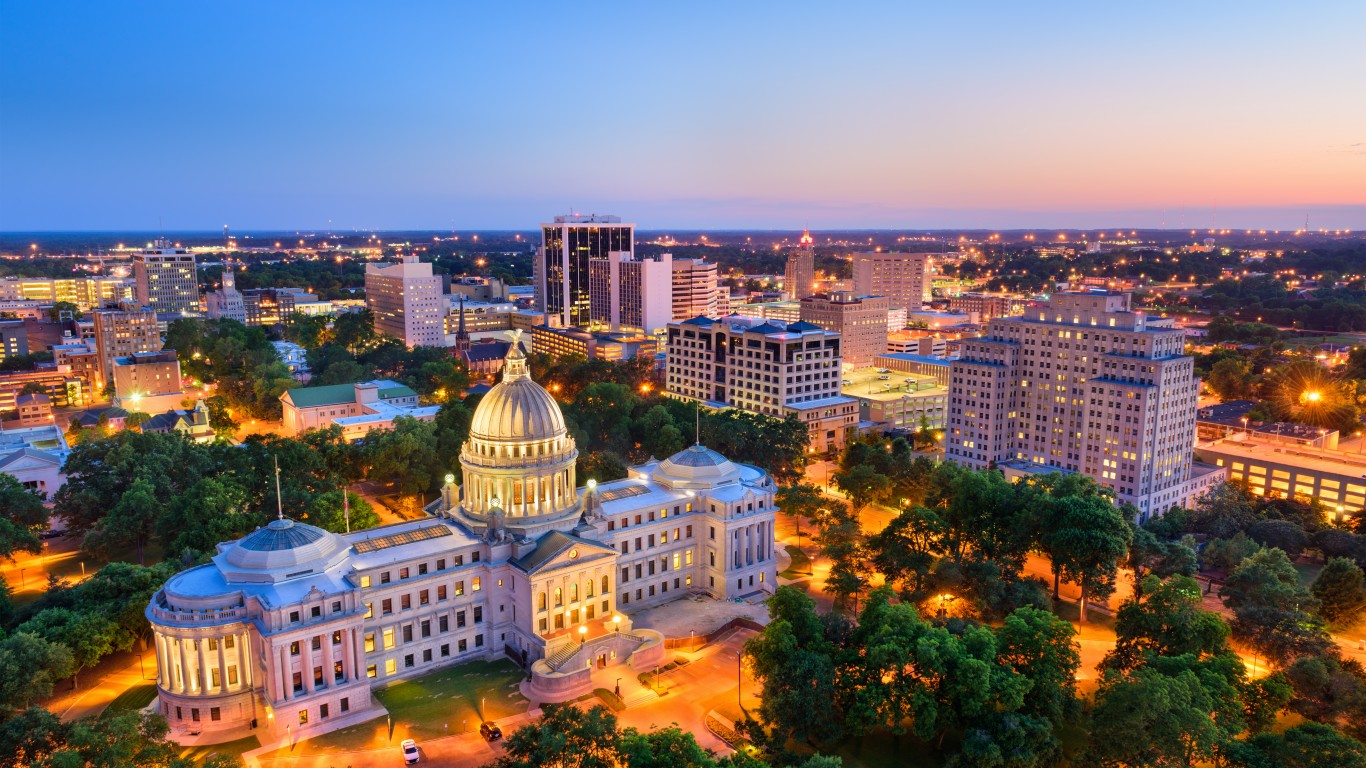
4. Mississippi
> Average temperature in the summer: 79.8 F
> Hottest area in the summer: Jackson with avg. summer temp. of 81.0 F
> Highest temperature recorded since 1980: 107.0 F in Jackson
[in-text-ad-2]
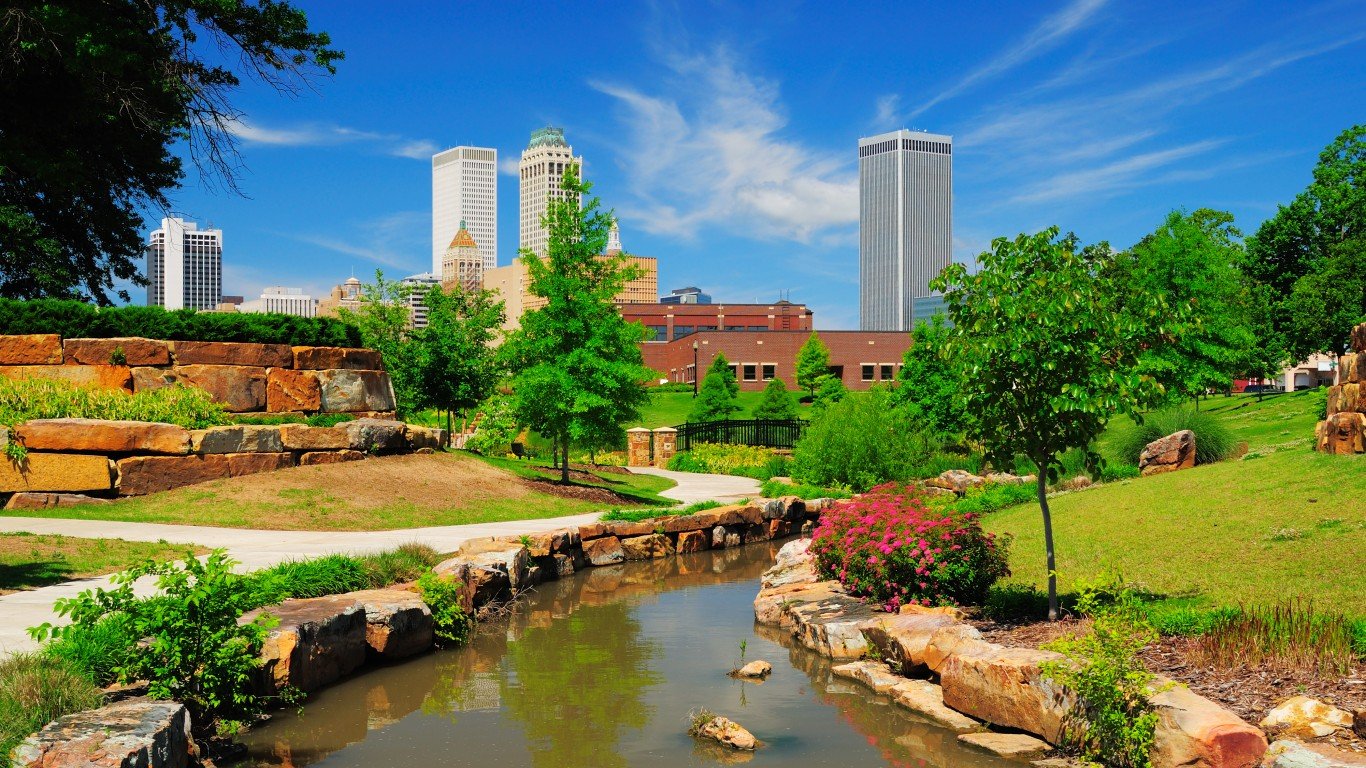
5. Oklahoma
> Average temperature in the summer: 79.8 F
> Hottest area in the summer: Oklahoma City with avg. summer temp. of 81.1 F
> Highest temperature recorded since 1980: 113.0 F in Oklahoma City
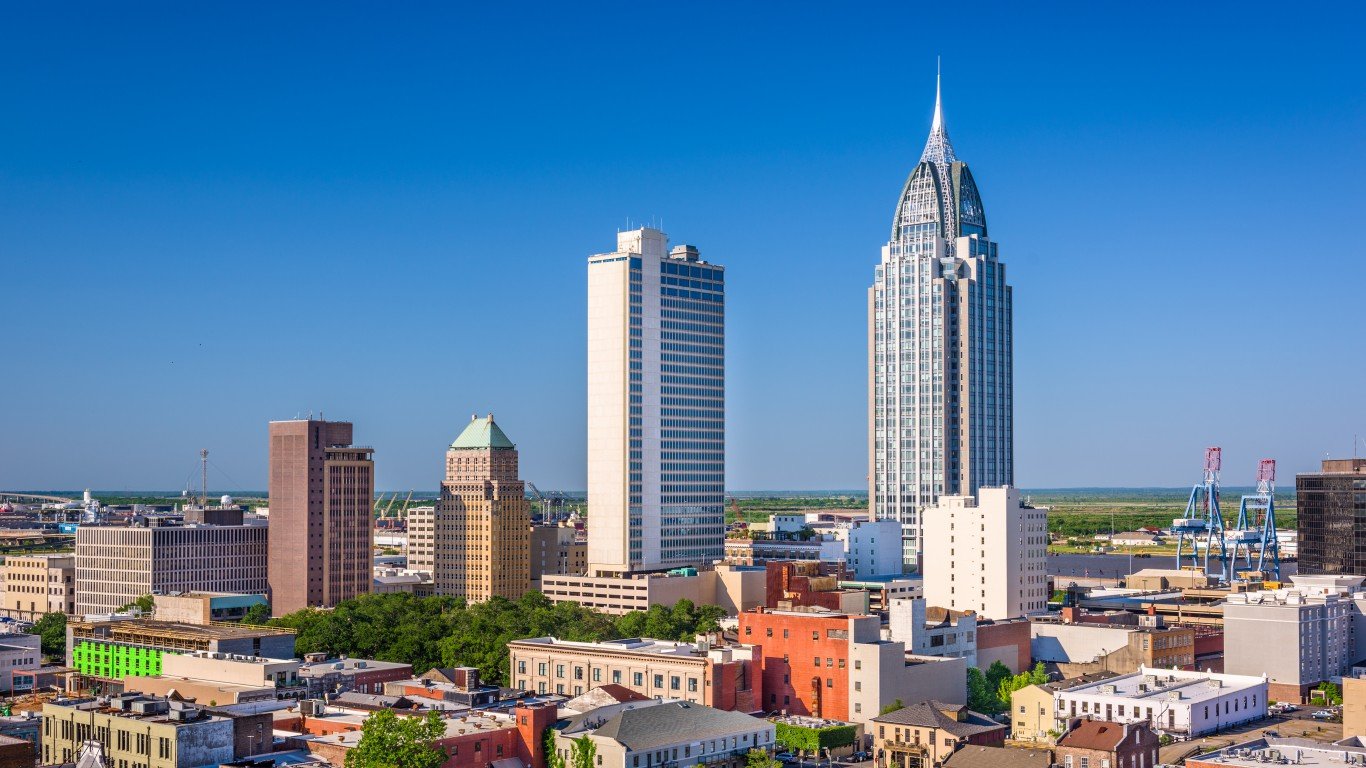
6. Alabama
> Average temperature in the summer: 78.9 F
> Hottest area in the summer: Mobile with avg. summer temp. of 81.3 F
> Highest temperature recorded since 1980: 107.0 F in Birmingham
[in-text-ad]
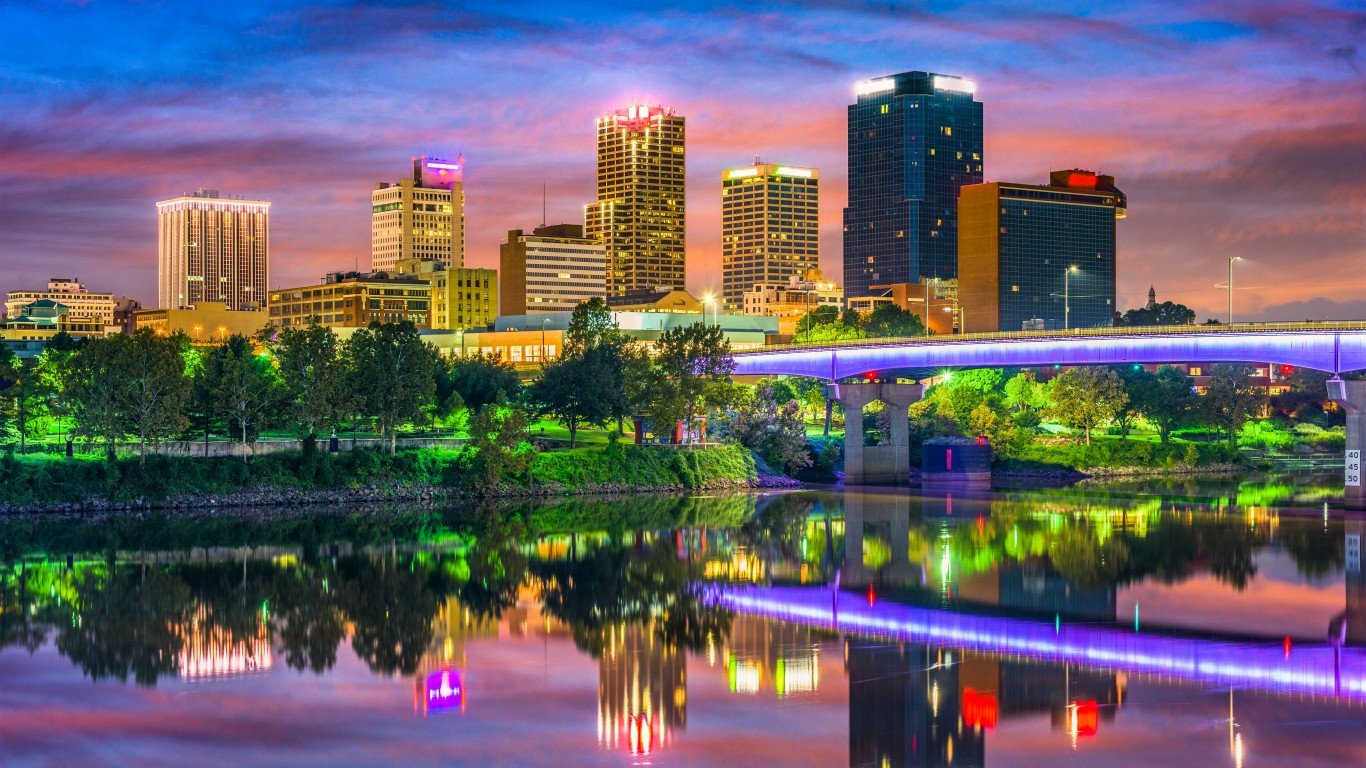
7. Arkansas
> Average temperature in the summer: 78.7 F
> Hottest area in the summer: Little Rock with avg. summer temp. of 81.5 F
> Highest temperature recorded since 1980: 115.0 F in Fort Smith
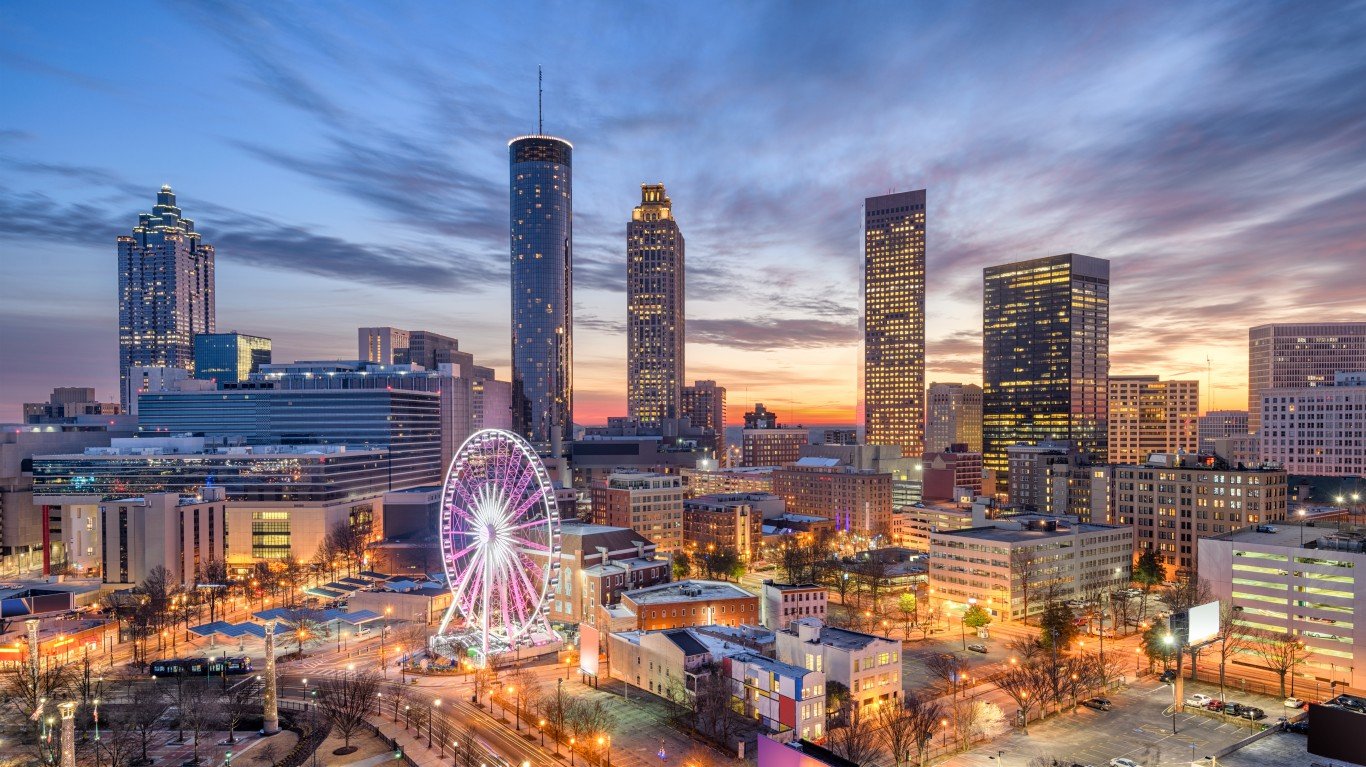
8. Georgia
> Average temperature in the summer: 78.7 F
> Hottest area in the summer: Columbus with avg. summer temp. of 81.4 F
> Highest temperature recorded since 1980: 109.0 F in Athens
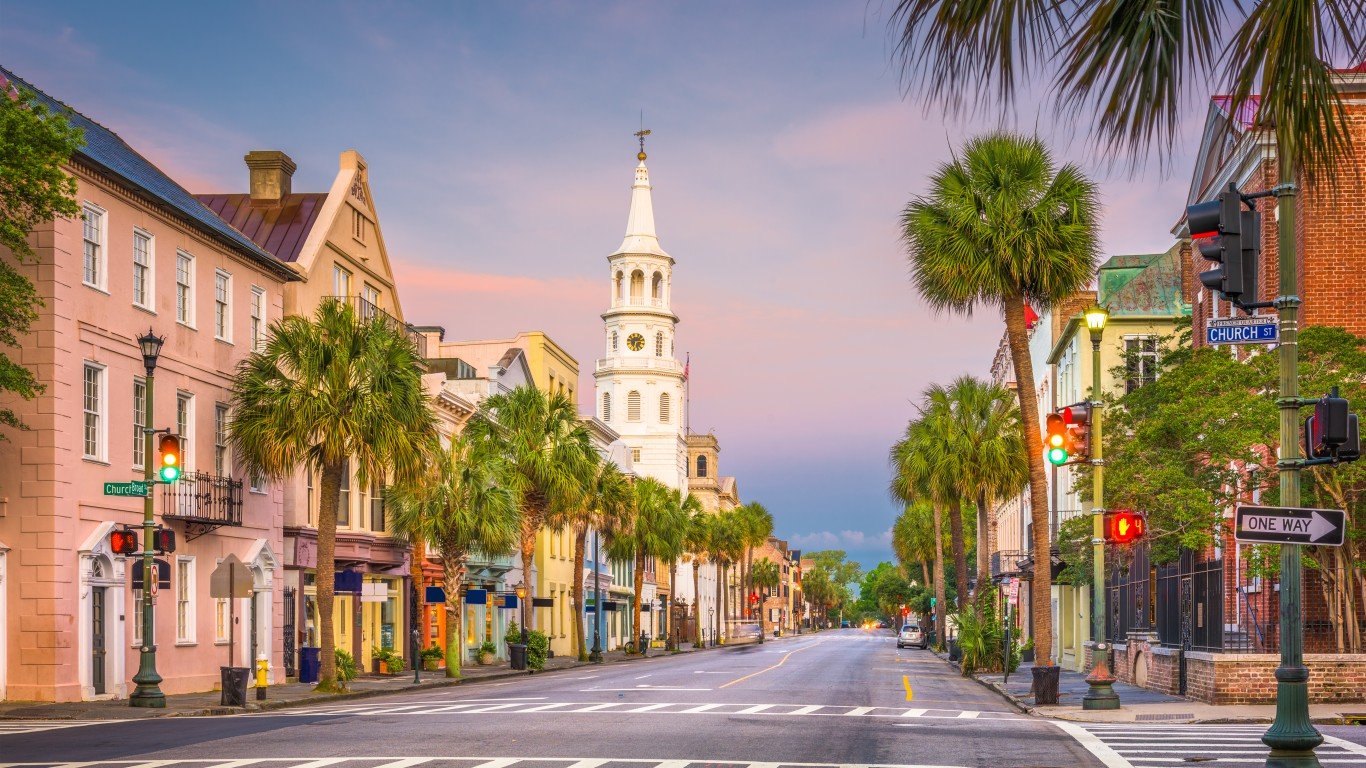
9. South Carolina
> Average temperature in the summer: 78.5 F
> Hottest area in the summer: Charleston Co. with avg. summer temp. of 80.9 F
> Highest temperature recorded since 1980: 109.0 F in Columbia
[in-text-ad-2]
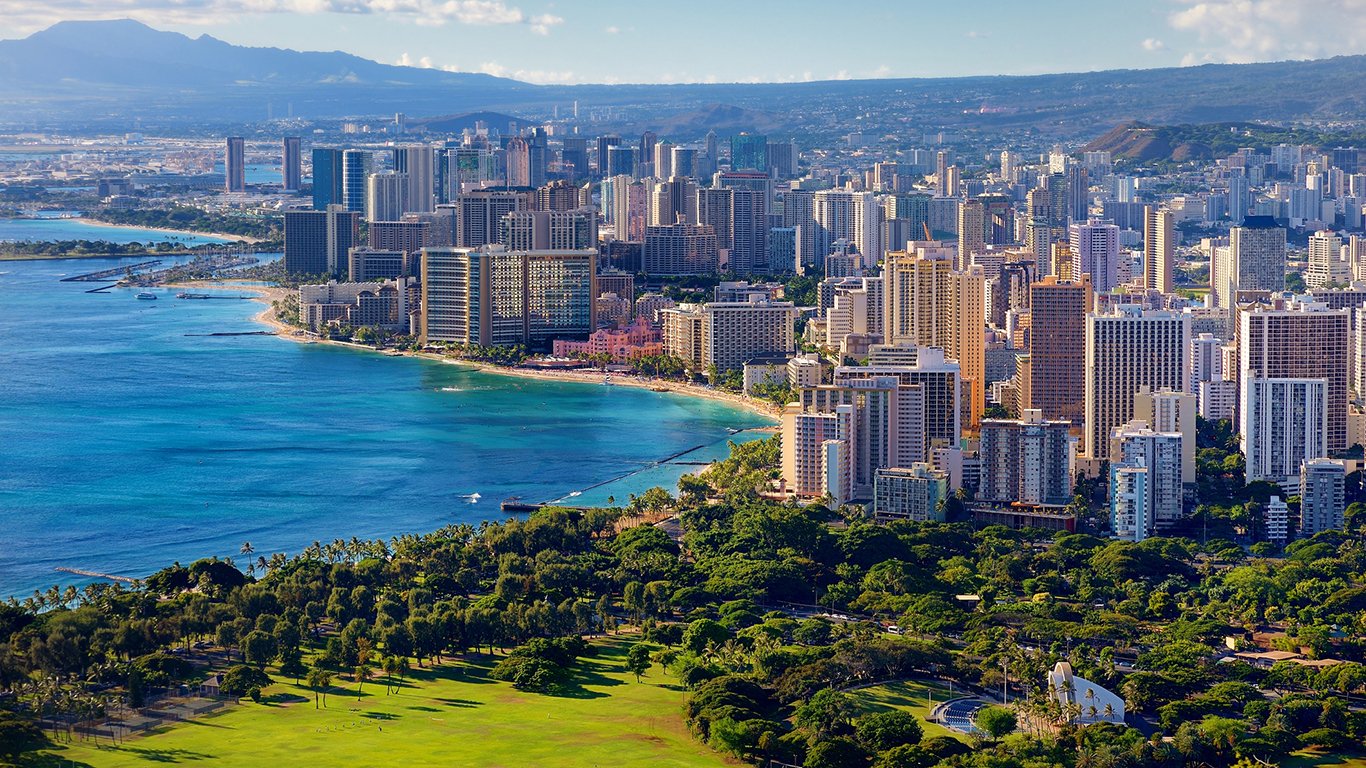
10. Hawaii
> Average temperature in the summer: 77.9 F
> Hottest area in the summer: Honolulu with avg. summer temp. of 81.1 F
> Highest temperature recorded since 1980: 97.0 F in Kahului
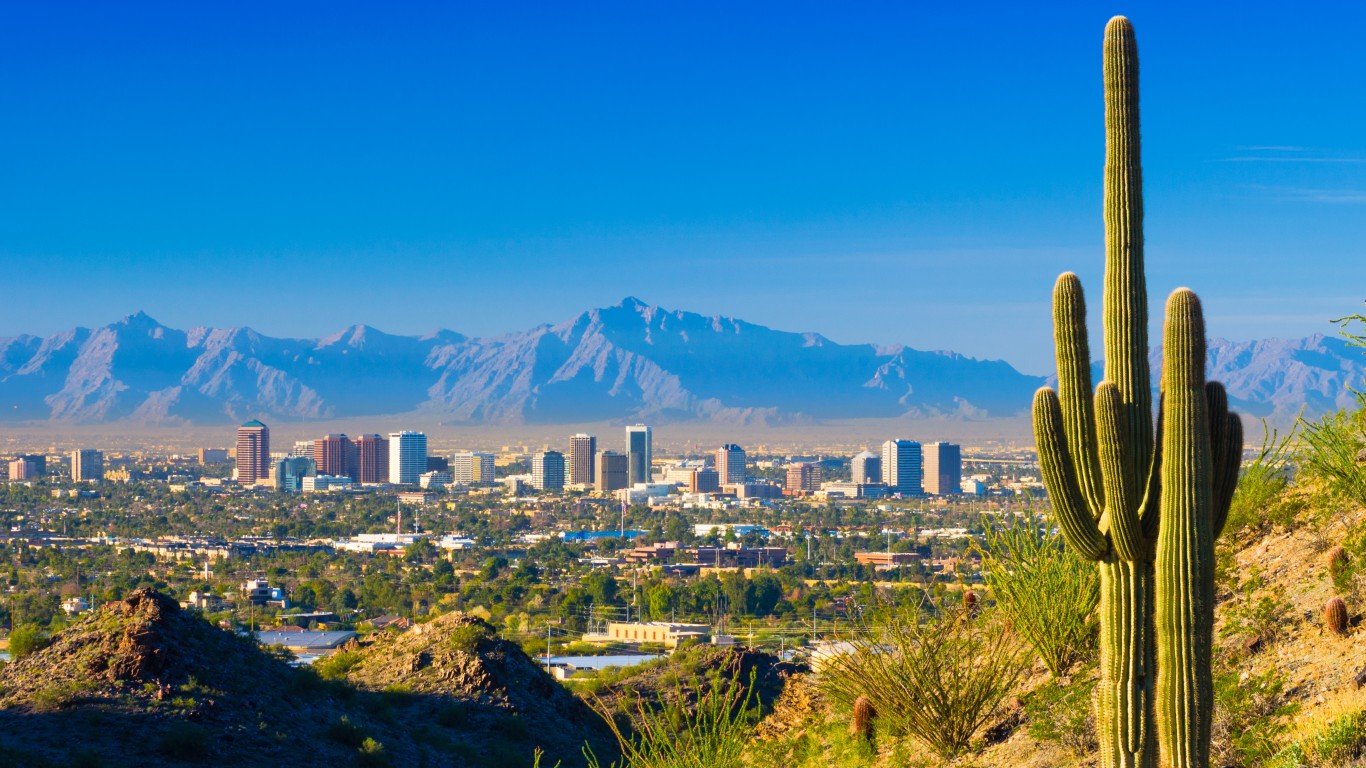
11. Arizona
> Average temperature in the summer: 77.3 F
> Hottest area in the summer: Phoenix with avg. summer temp. of 93.1 F
> Highest temperature recorded since 1980: 122.0 F in Phoenix
[in-text-ad]
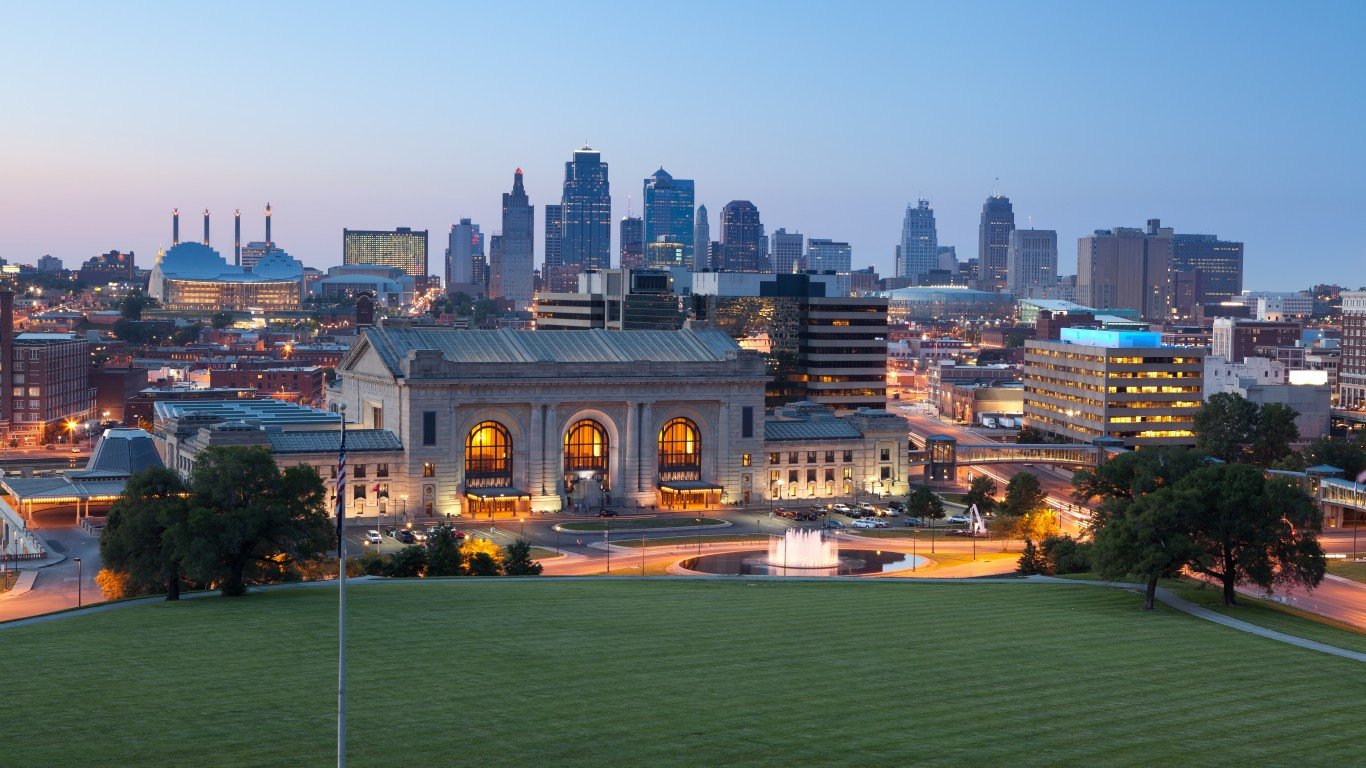
12. Kansas
> Average temperature in the summer: 76.5 F
> Hottest area in the summer: Wichita with avg. summer temp. of 78.2 F
> Highest temperature recorded since 1980: 116.0 F in Concordia
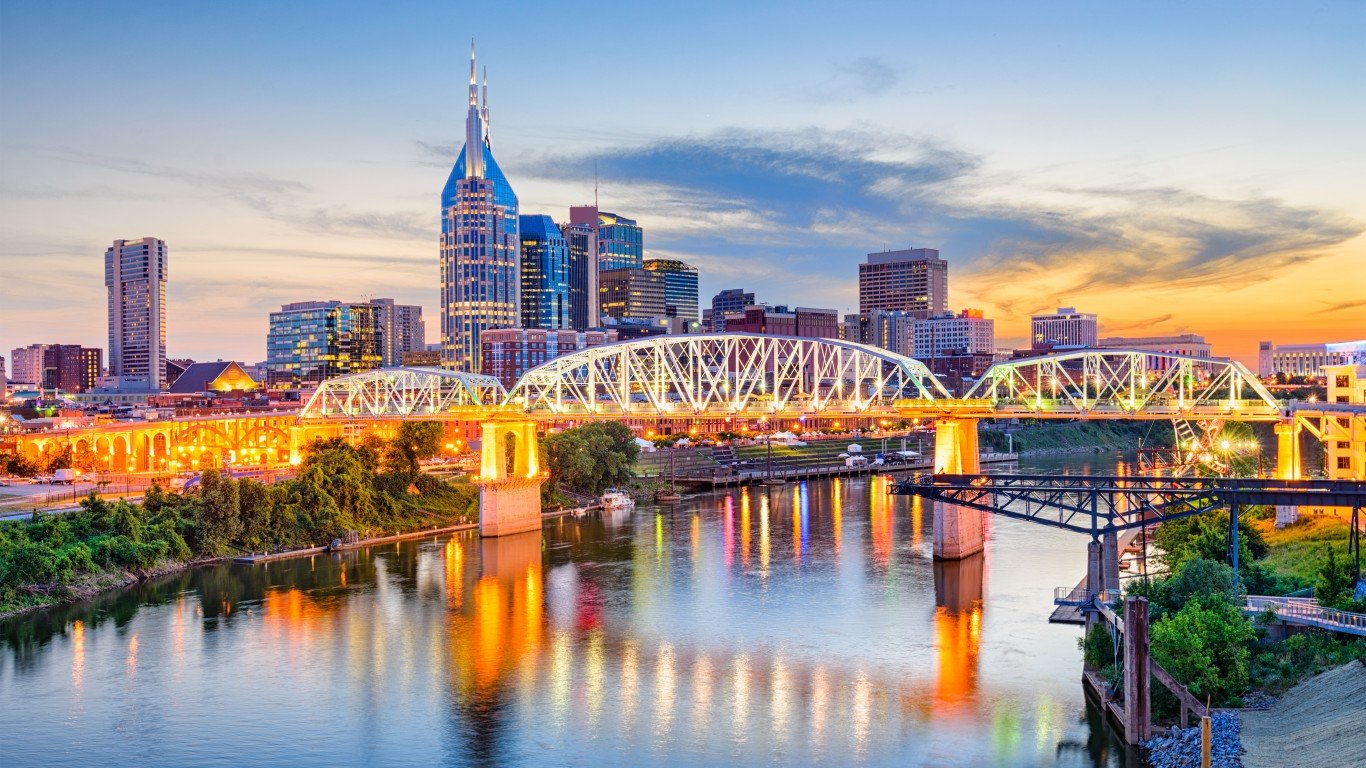
13. Tennessee
> Average temperature in the summer: 75.6 F
> Hottest area in the summer: Memphis with avg. summer temp. of 81.4 F
> Highest temperature recorded since 1980: 109.0 F in Nashville

14. Missouri
> Average temperature in the summer: 75.5 F
> Hottest area in the summer: Kansas City with avg. summer temp. of 78.7 F
> Highest temperature recorded since 1980: 115.0 F in St. Louis
[in-text-ad-2]
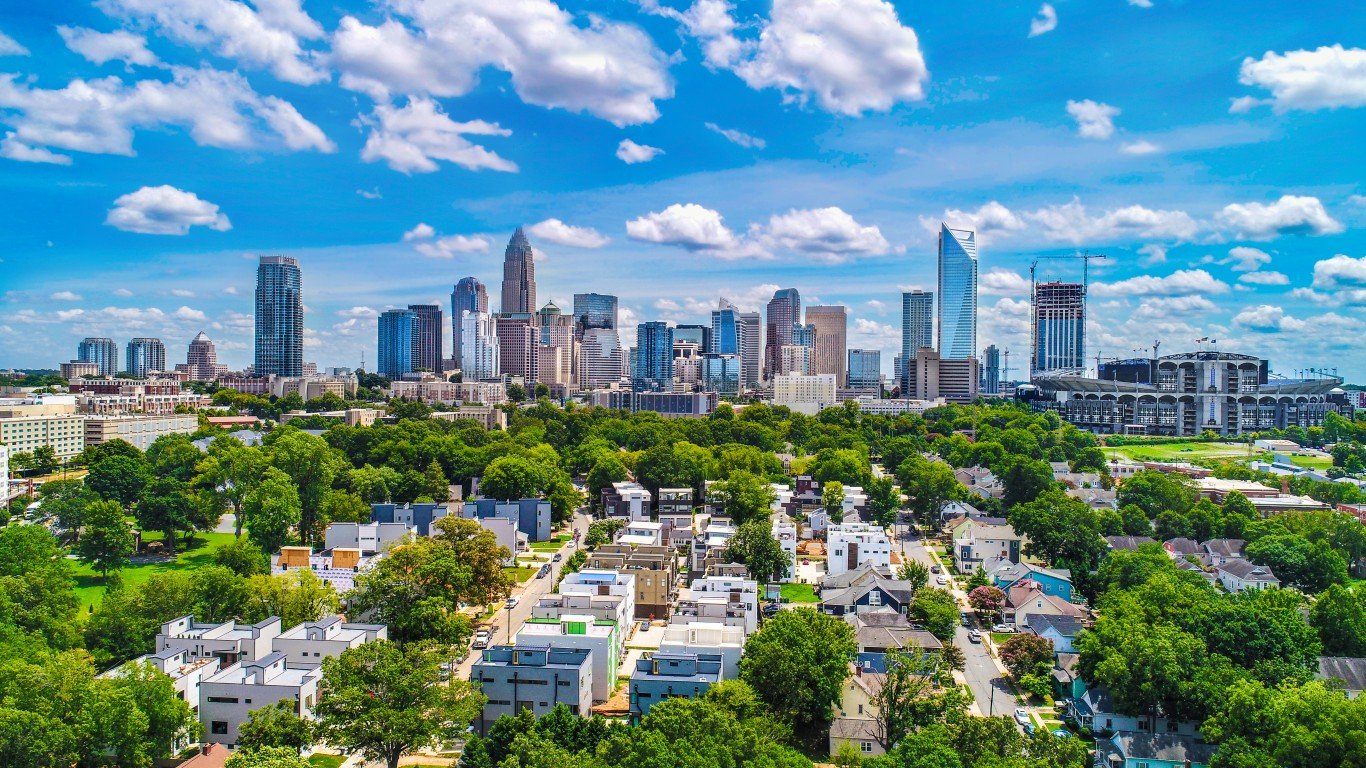
15. North Carolina
> Average temperature in the summer: 75.4 F
> Hottest area in the summer: Wilmington with avg. summer temp. of 79.5 F
> Highest temperature recorded since 1980: 105.0 F in Raleigh
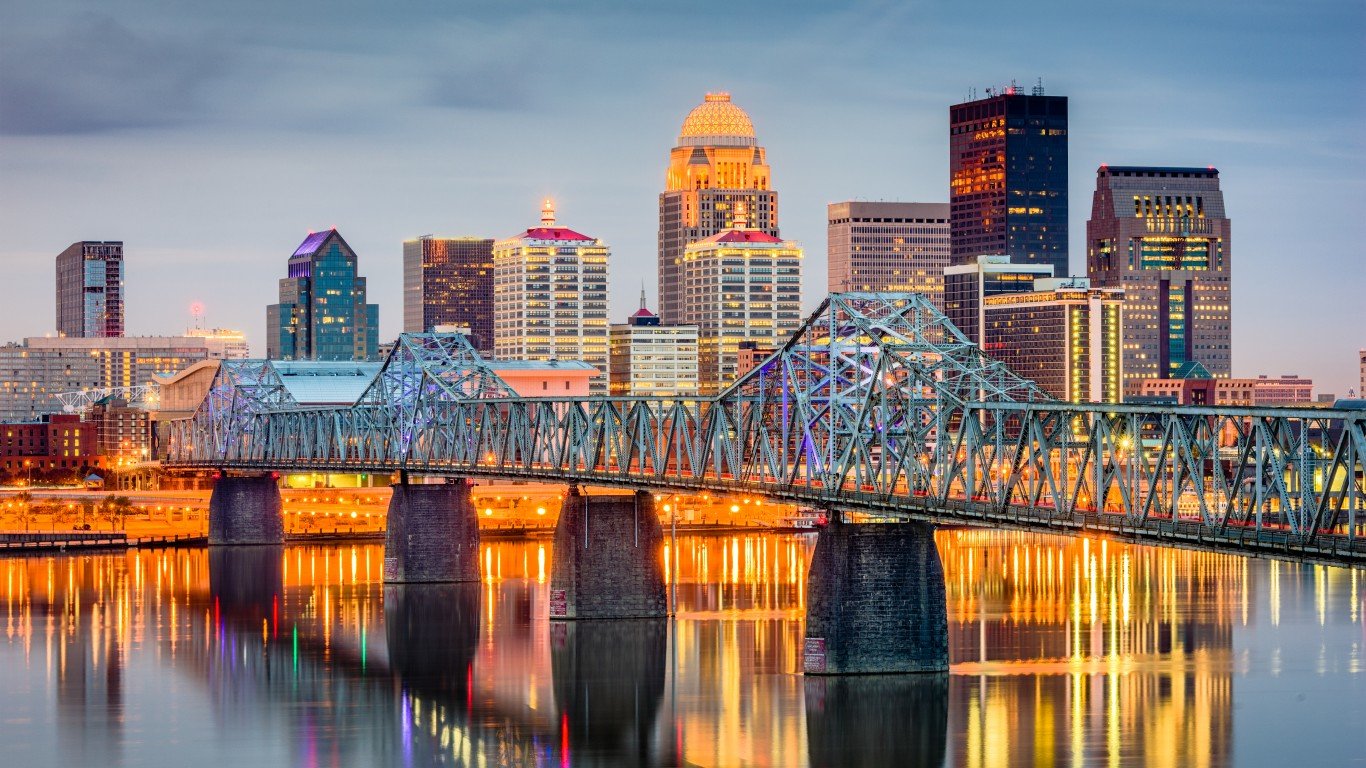
16. Kentucky
> Average temperature in the summer: 74.5 F
> Hottest area in the summer: Paducah with avg. summer temp. of 77.3 F
> Highest temperature recorded since 1980: 108.0 F in Lexington
[in-text-ad]
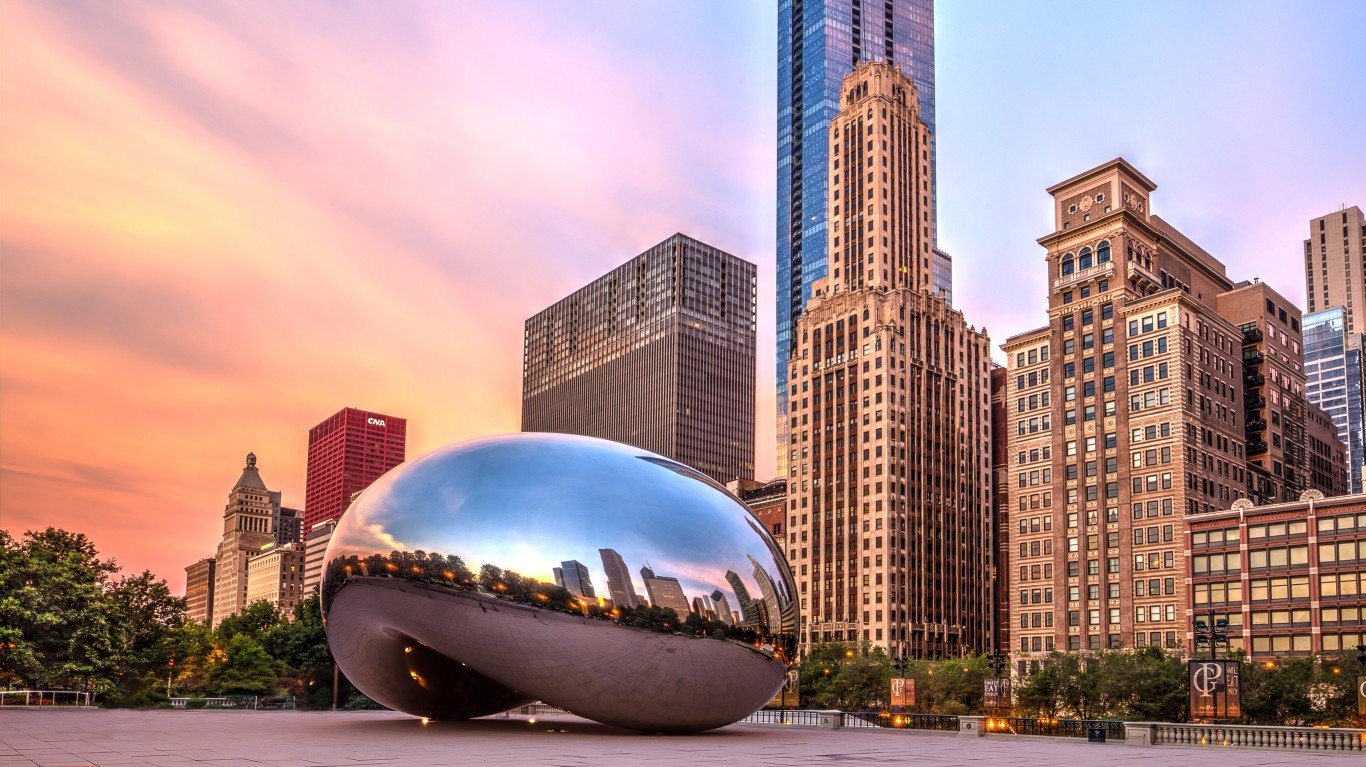
17. Illinois
> Average temperature in the summer: 73.5 F
> Hottest area in the summer: Springfield with avg. summer temp. of 74.2 F
> Highest temperature recorded since 1980: 112.0 F in Springfield
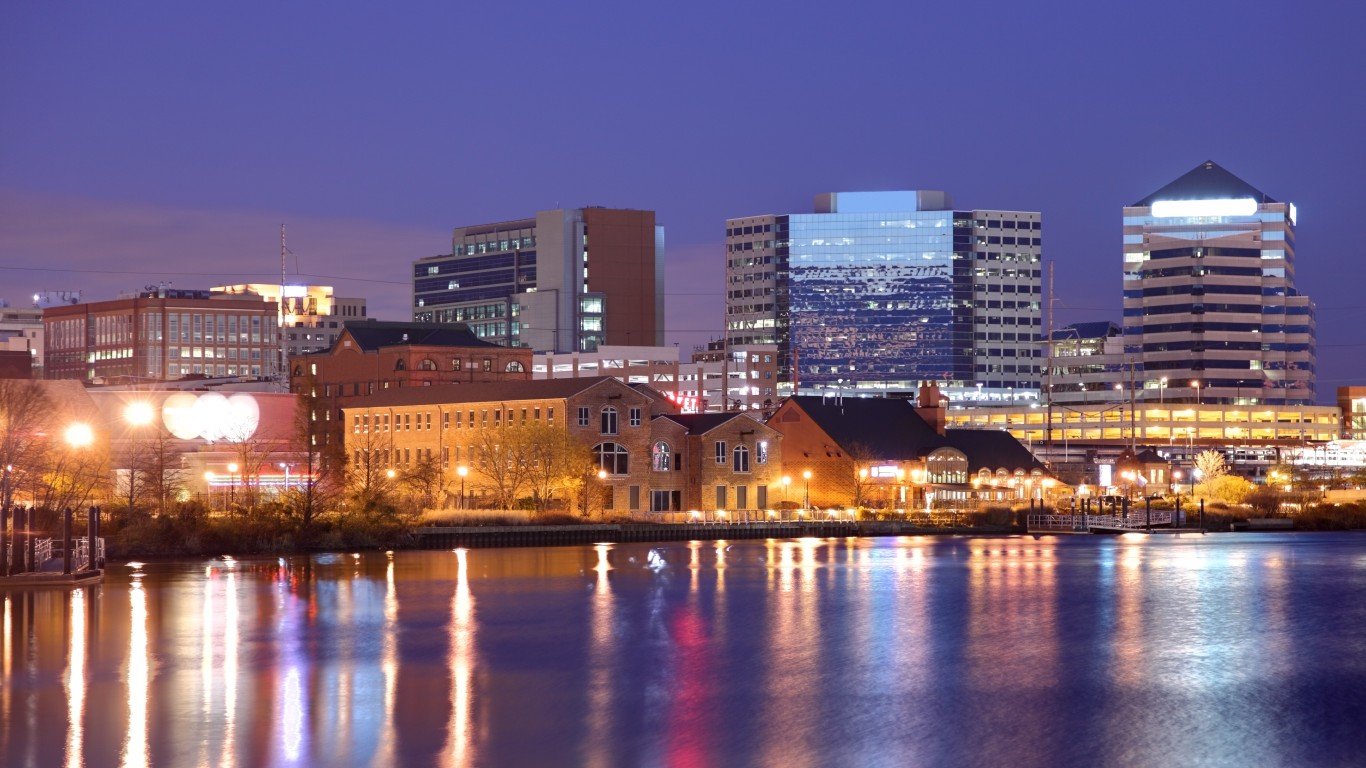
18. Delaware
> Average temperature in the summer: 73.3 F
> Hottest area in the summer: Wilmington with avg. summer temp. of 74.7 F
> Highest temperature recorded since 1980: 103.0 F in Wilmington
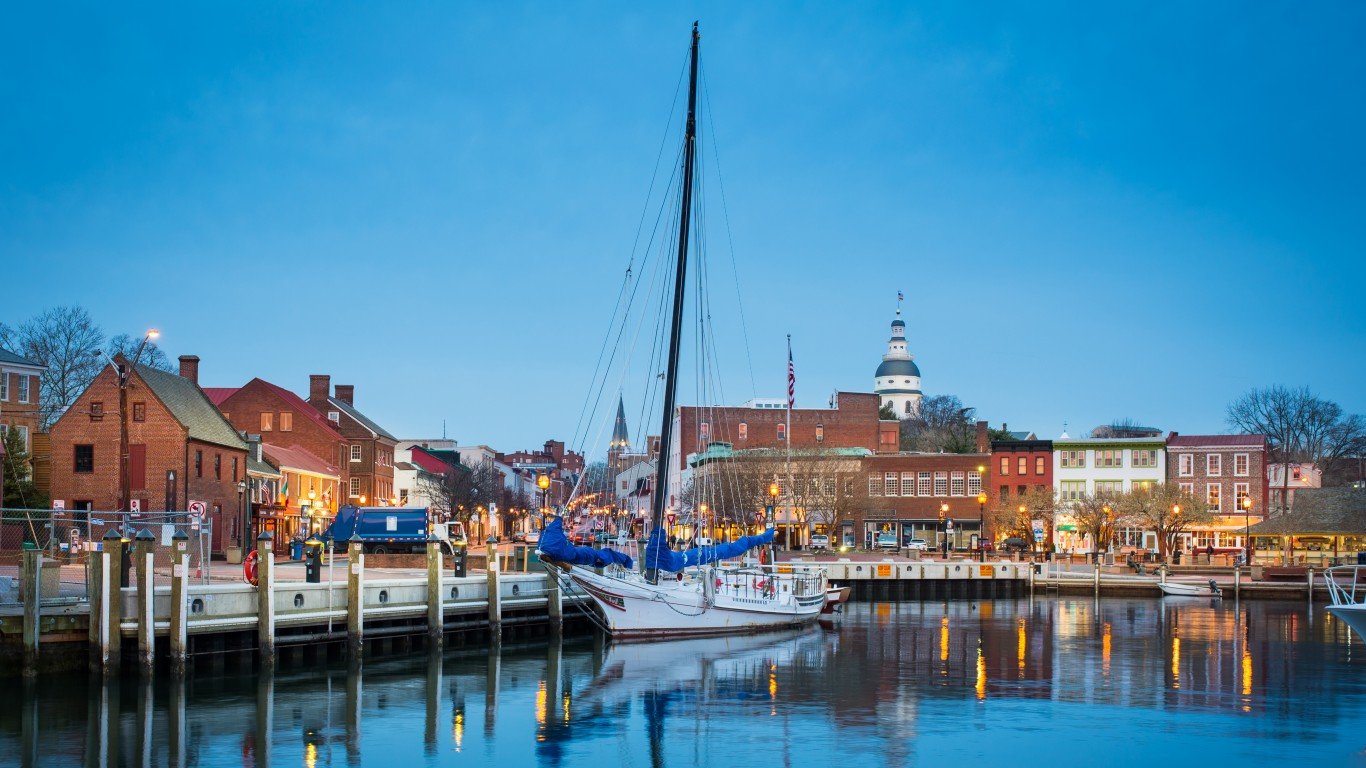
19. Maryland
> Average temperature in the summer: 73.0 F
> Hottest area in the summer: Baltimore with avg. summer temp. of 74.8 F
> Highest temperature recorded since 1980: 106.0 F in Baltimore
[in-text-ad-2]
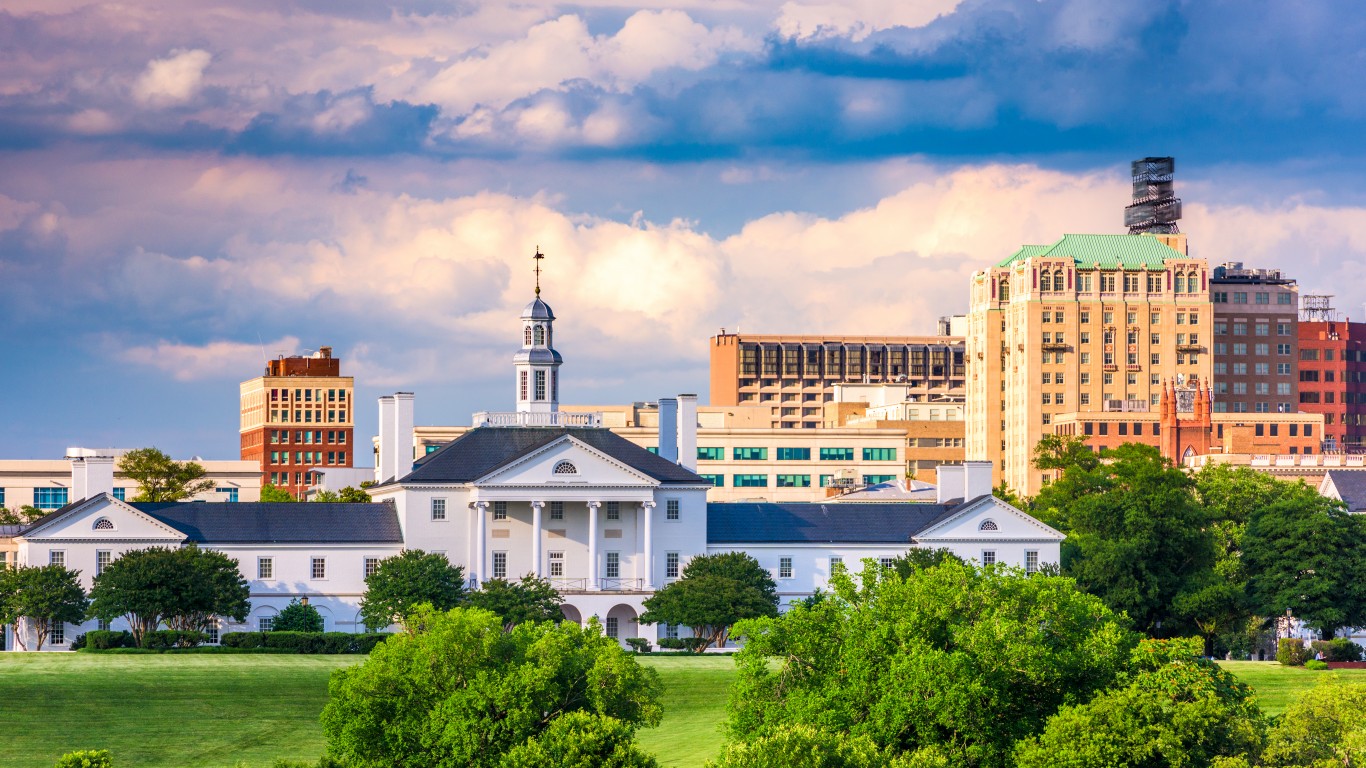
20. Virginia
> Average temperature in the summer: 72.9 F
> Hottest area in the summer: Norfolk with avg. summer temp. of 77.6 F
> Highest temperature recorded since 1980: 105.0 F in Norfolk
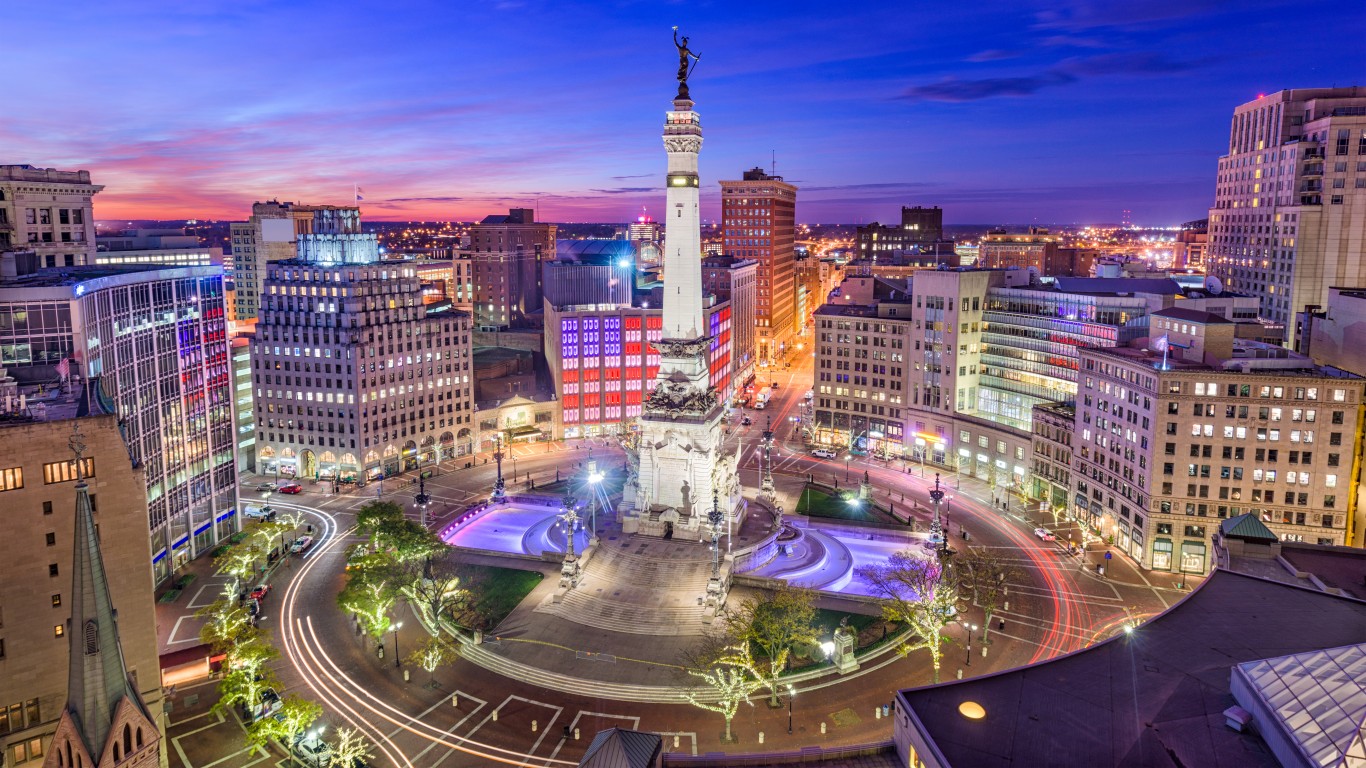
21. Indiana
> Average temperature in the summer: 72.4 F
> Hottest area in the summer: Evansville with avg. summer temp. of 76.5 F
> Highest temperature recorded since 1980: 109.0 F in South Bend
[in-text-ad]
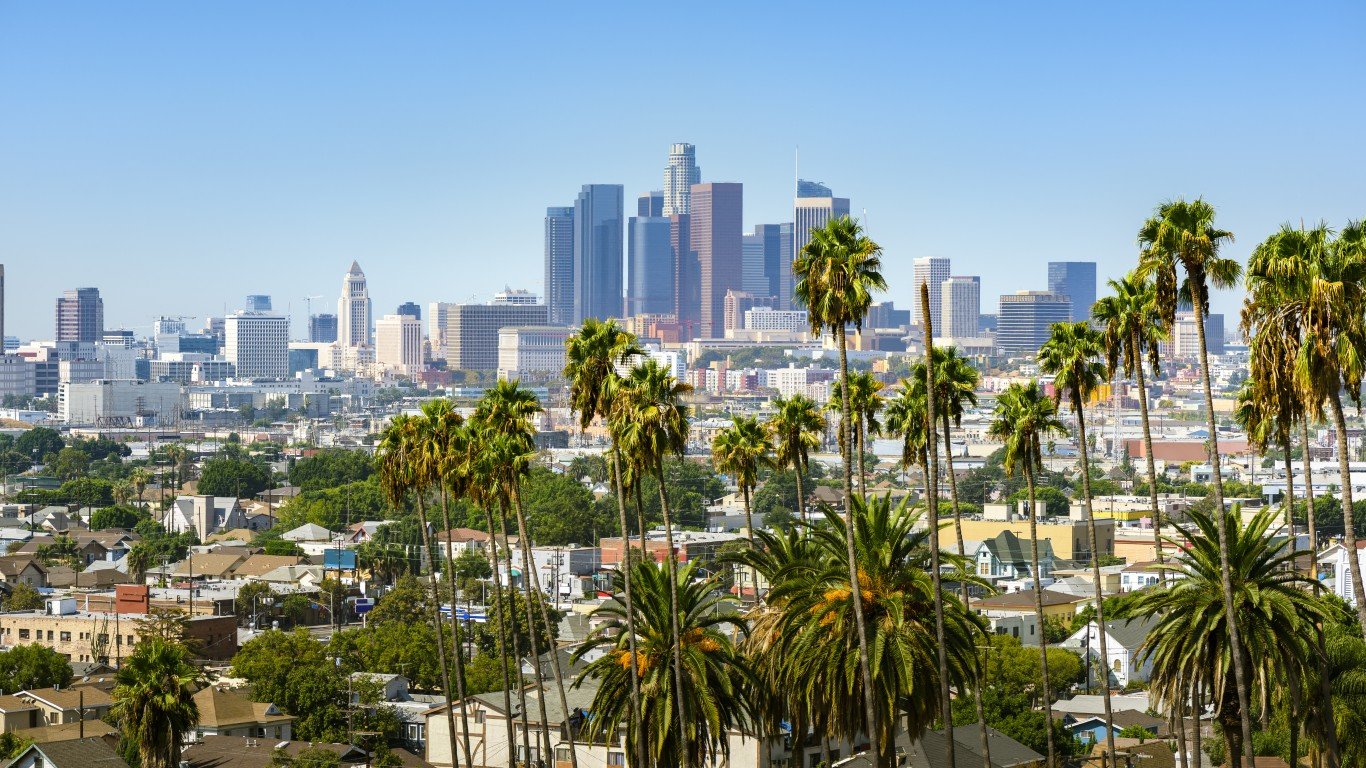
22. California
> Average temperature in the summer: 72.2 F
> Hottest area in the summer: Bakersfield with avg. summer temp. of 81.2 F
> Highest temperature recorded since 1980: 118.0 F in Redding
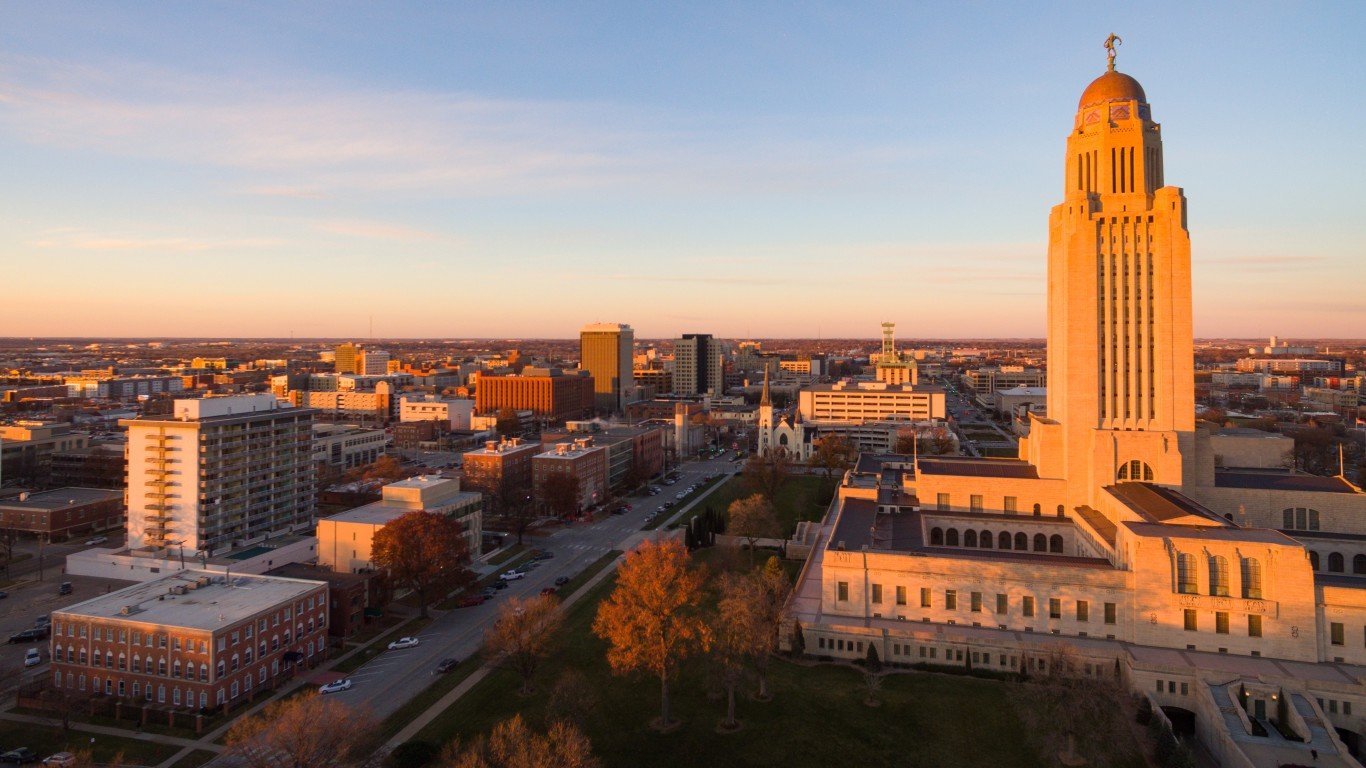
23. Nebraska
> Average temperature in the summer: 71.7 F
> Hottest area in the summer: Omaha Eppley Ap with avg. summer temp. of 74.5 F
> Highest temperature recorded since 1980: 114.0 F in Valentine

24. Iowa
> Average temperature in the summer: 71.5 F
> Hottest area in the summer: Sioux City with avg. summer temp. of 72.2 F
> Highest temperature recorded since 1980: 108.0 F in Des Moines
[in-text-ad-2]
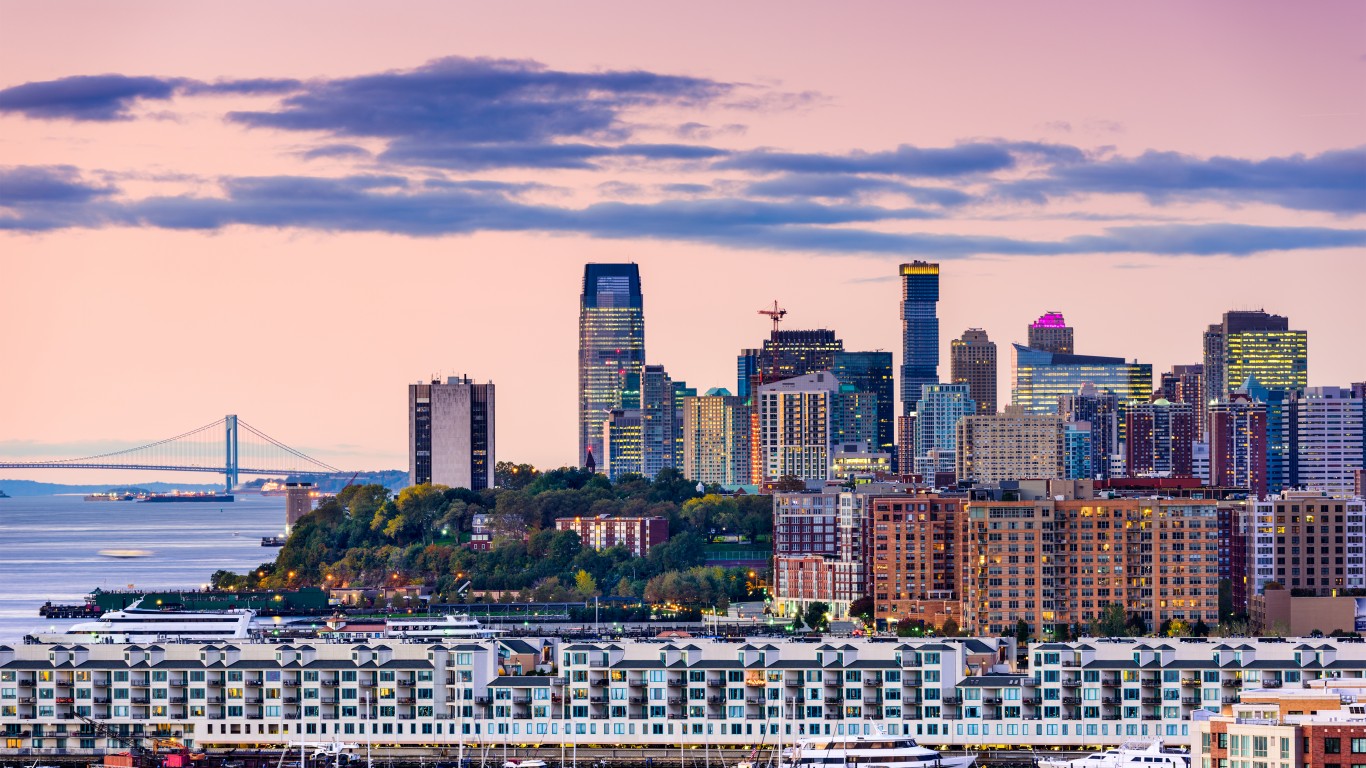
25. New Jersey
> Average temperature in the summer: 71.2 F
> Hottest area in the summer: Newark with avg. summer temp. of 75.2 F
> Highest temperature recorded since 1980: 108.0 F in Newark
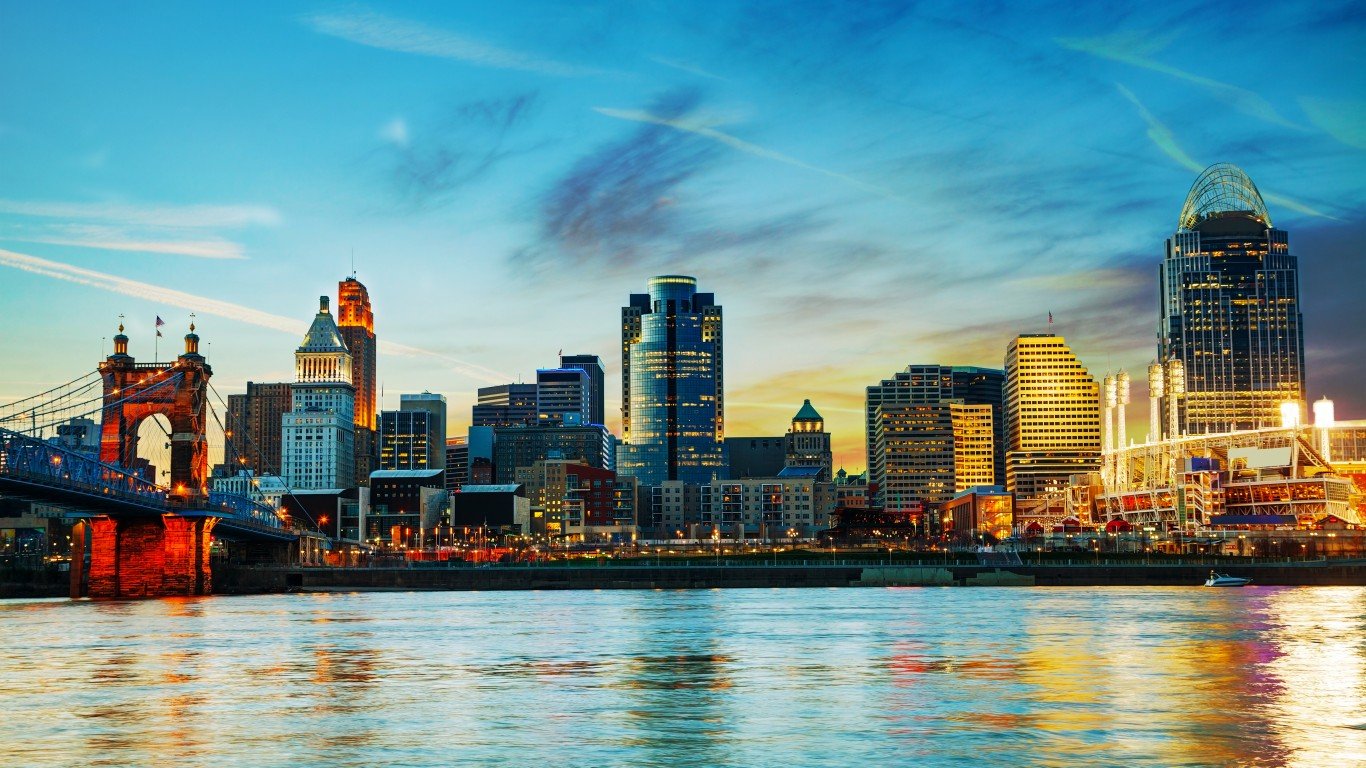
26. Ohio
> Average temperature in the summer: 70.9 F
> Hottest area in the summer: Greater Cincinnati Airport with avg. summer temp. of 74.0 F
> Highest temperature recorded since 1980: 104.0 F in Cincinnati
[in-text-ad]
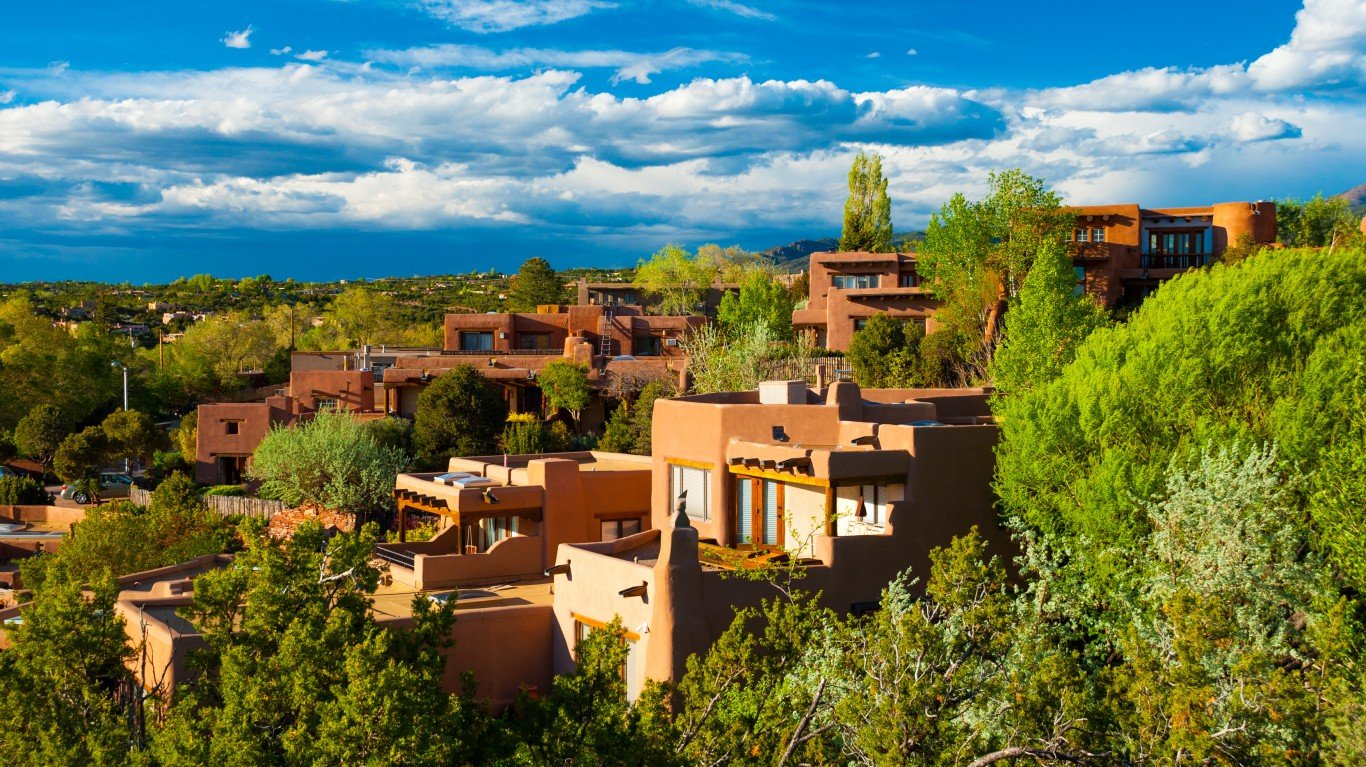
27. New Mexico
> Average temperature in the summer: 70.9 F
> Hottest area in the summer: Roswell with avg. summer temp. of 79.1 F
> Highest temperature recorded since 1980: 114.0 F in Roswell
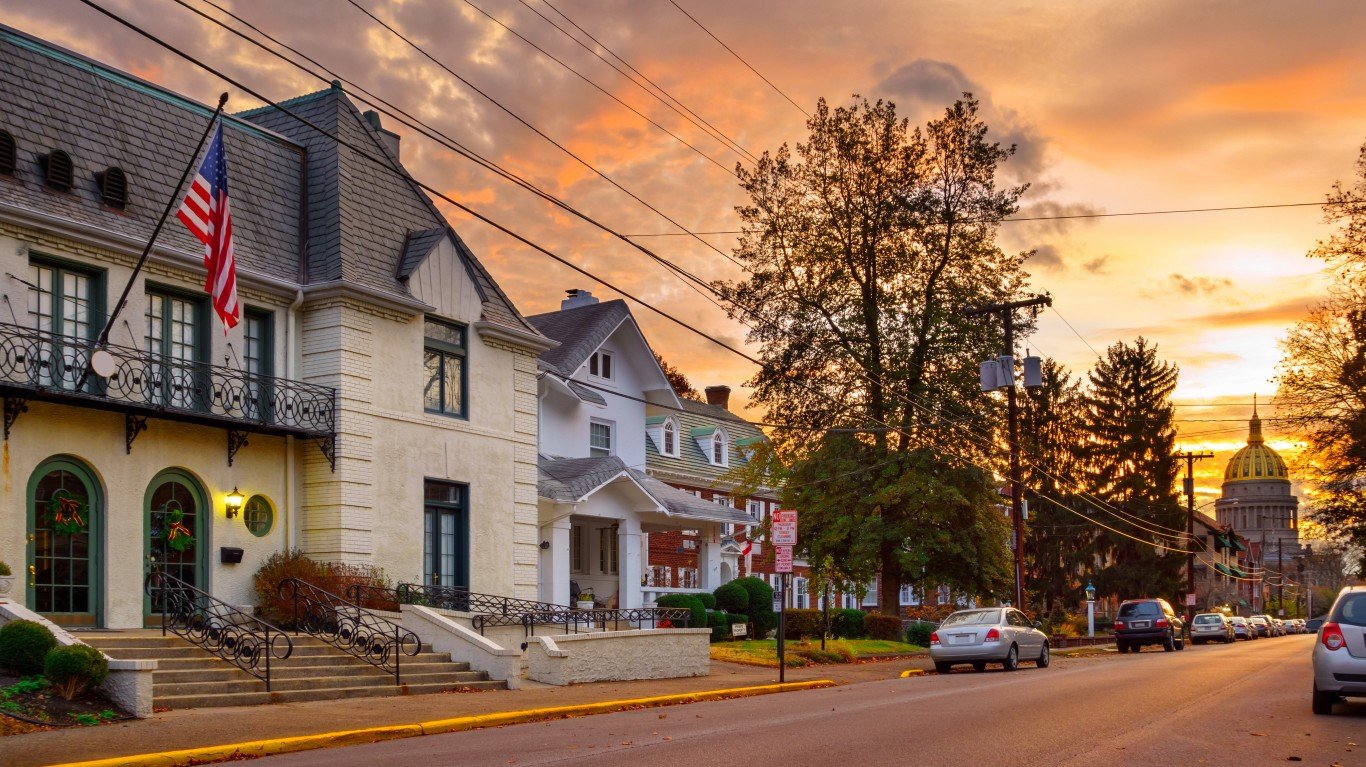
28. West Virginia
> Average temperature in the summer: 70.1 F
> Hottest area in the summer: Huntington with avg. summer temp. of 74.2 F
> Highest temperature recorded since 1980: 104.0 F in Charleston
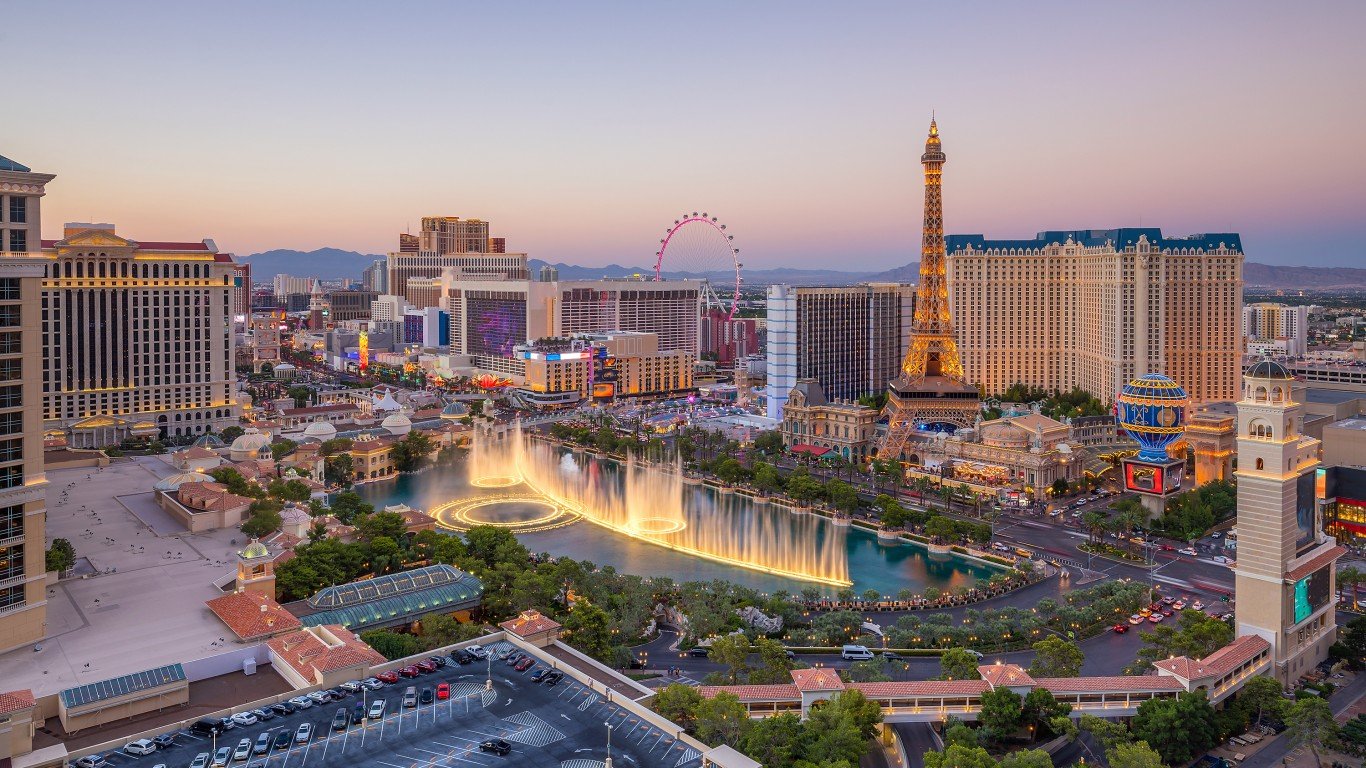
29. Nevada
> Average temperature in the summer: 68.7 F
> Hottest area in the summer: Las Vegas with avg. summer temp. of 88.5 F
> Highest temperature recorded since 1980: 117.0 F in Las Vegas
[in-text-ad-2]

30. Pennsylvania
> Average temperature in the summer: 68.3 F
> Hottest area in the summer: Philadelphia with avg. summer temp. of 76.0 F
> Highest temperature recorded since 1980: 105.0 F in Allentown
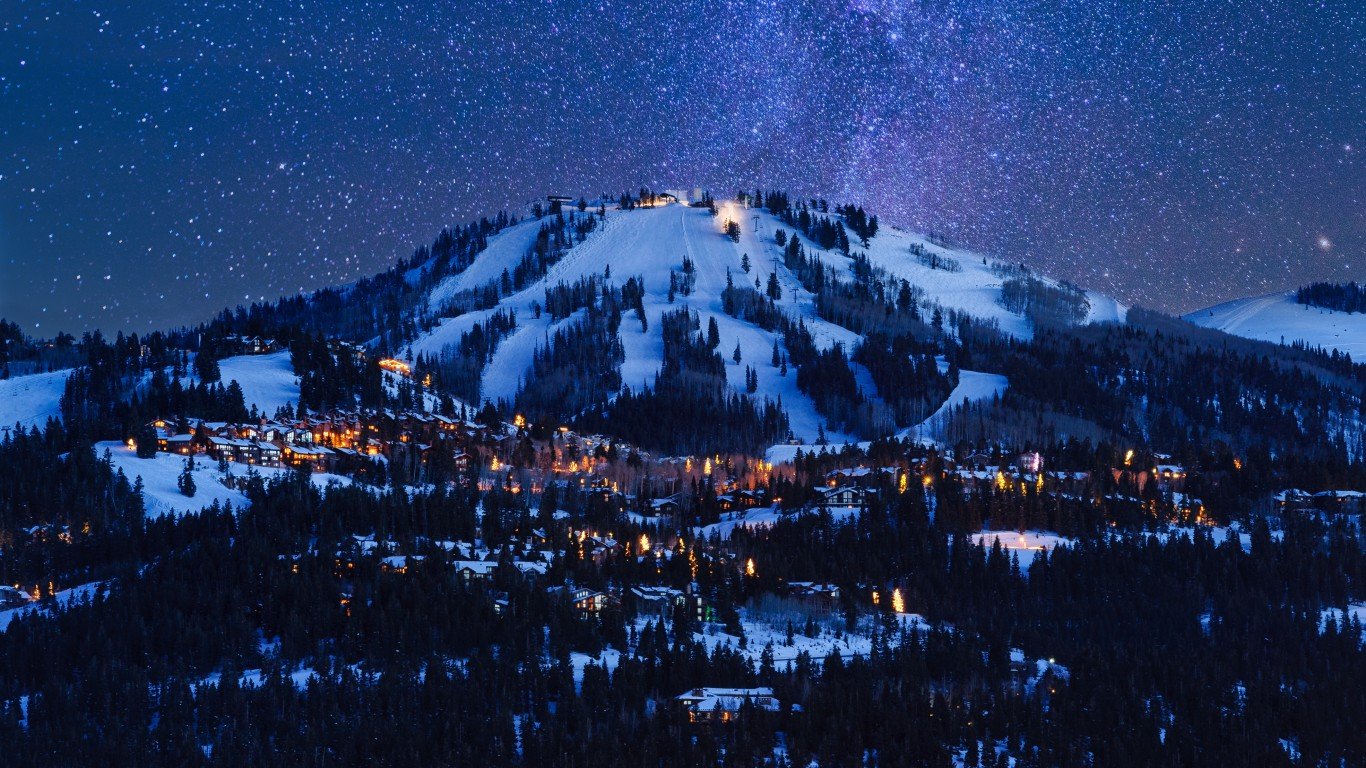
31. Utah
> Average temperature in the summer: 68.3 F
> Hottest area in the summer: Salt Lake City with avg. summer temp. of 75.1 F
> Highest temperature recorded since 1980: 107.0 F in Salt Lake City
[in-text-ad]
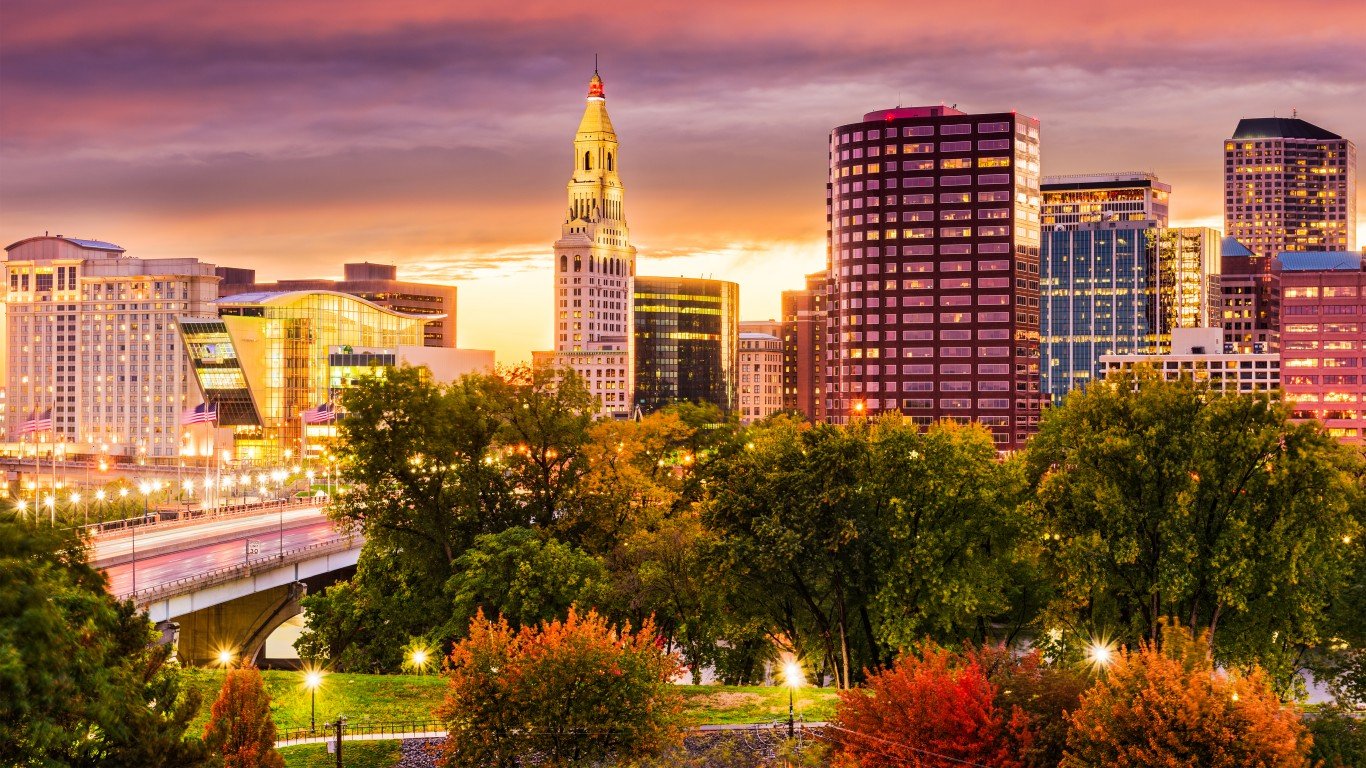
32. Connecticut
> Average temperature in the summer: 68.2 F
> Hottest area in the summer: Bridgeport with avg. summer temp. of 72.1 F
> Highest temperature recorded since 1980: 103.0 F in Bridgeport
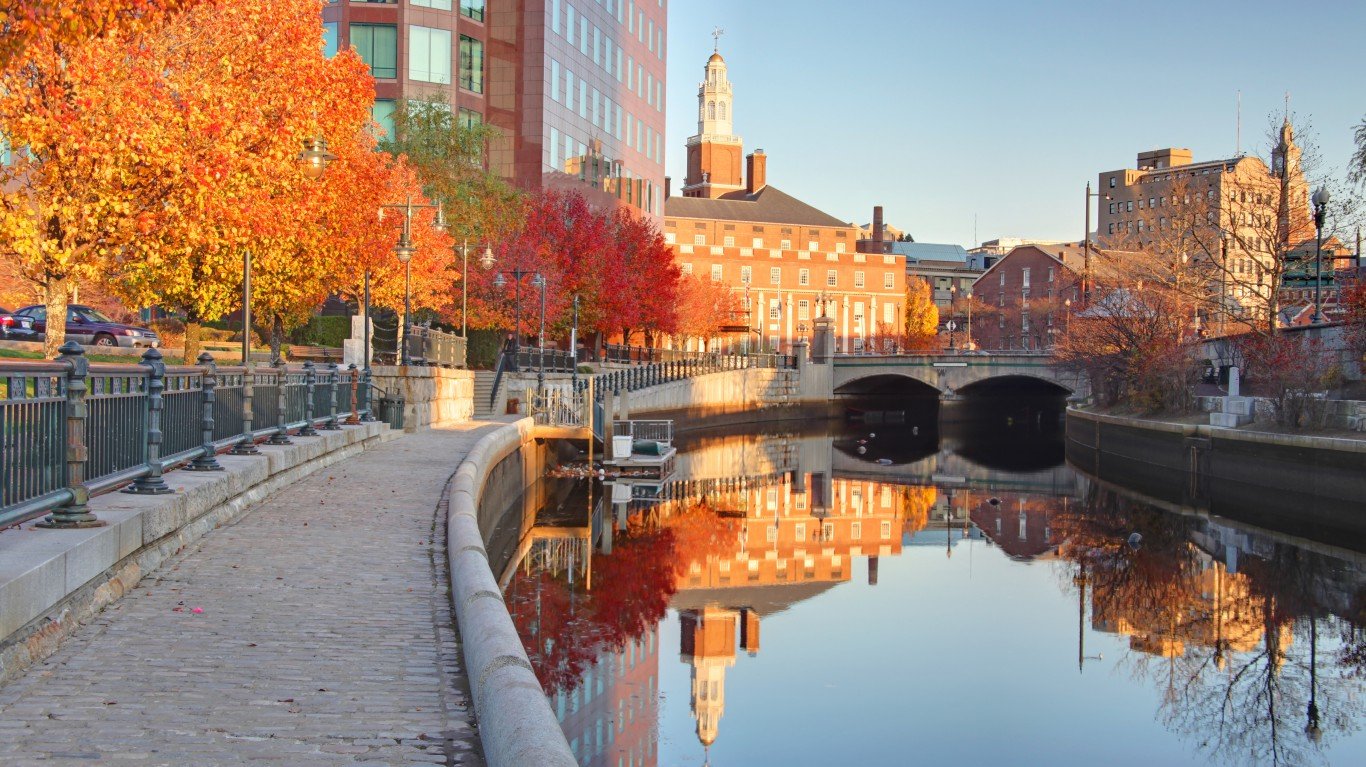
33. Rhode Island
> Average temperature in the summer: 67.9 F
> Hottest area in the summer: Providence with avg. summer temp. of 71.3 F
> Highest temperature recorded since 1980: 104.0 F in Providence
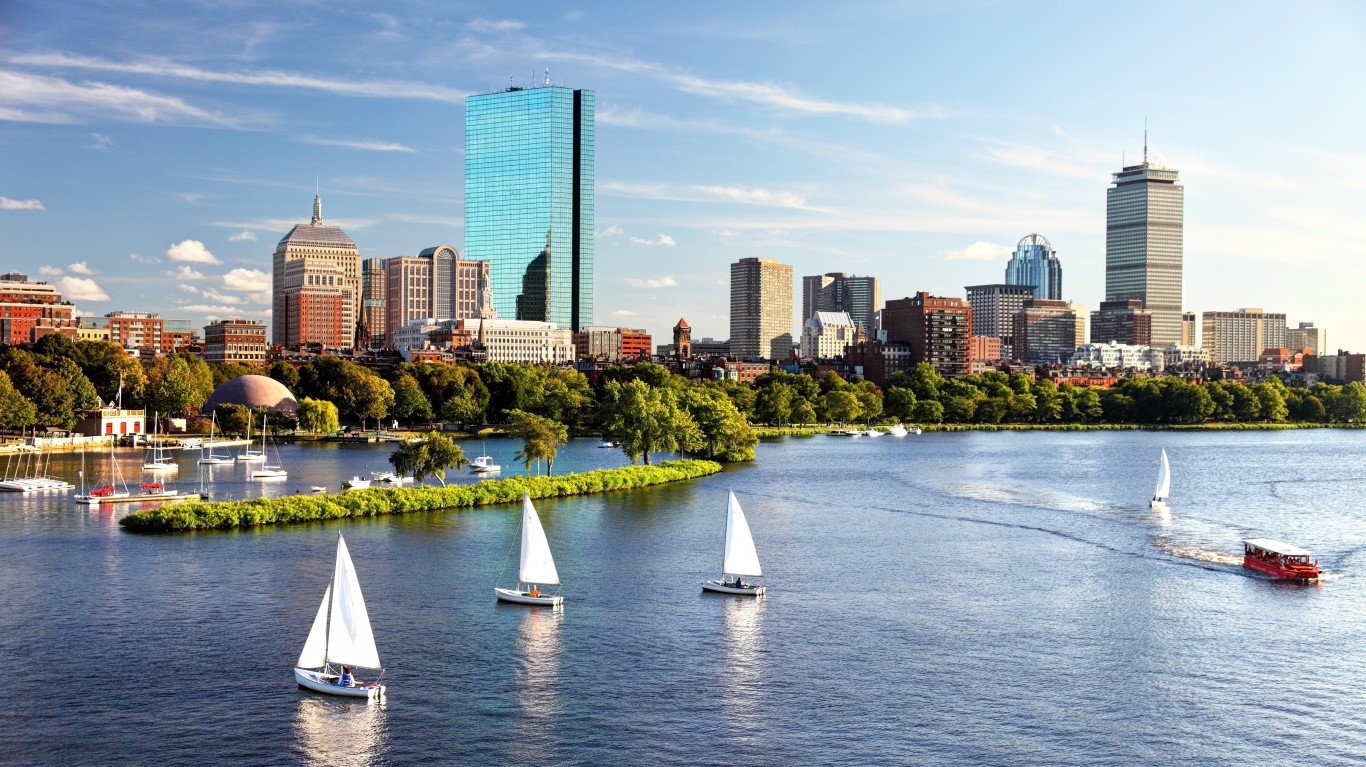
34. Massachusetts
> Average temperature in the summer: 67.2 F
> Hottest area in the summer: Boston with avg. summer temp. of 71.1 F
> Highest temperature recorded since 1980: 103.0 F in Boston
[in-text-ad-2]
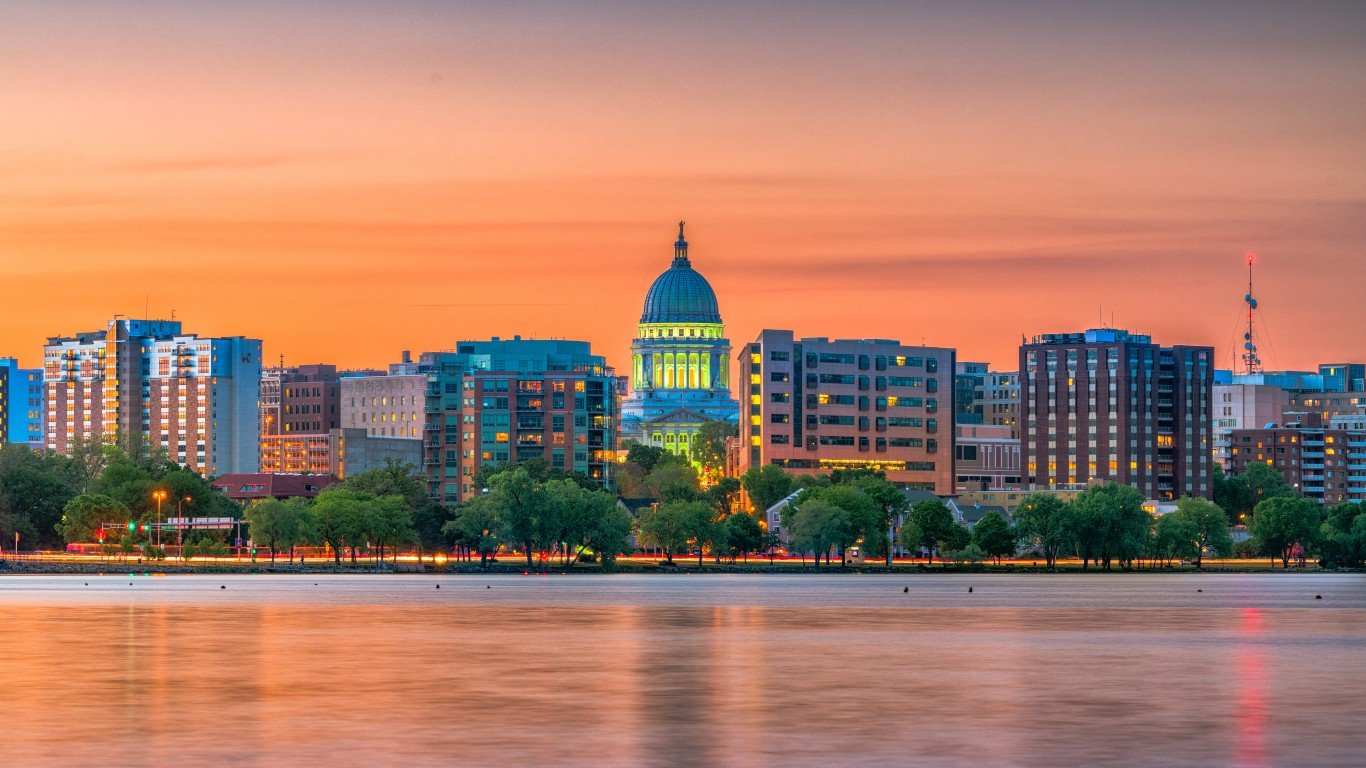
35. Wisconsin
> Average temperature in the summer: 66.5 F
> Hottest area in the summer: La Crosse with avg. summer temp. of 71.4 F
> Highest temperature recorded since 1980: 108.0 F in La Crosse
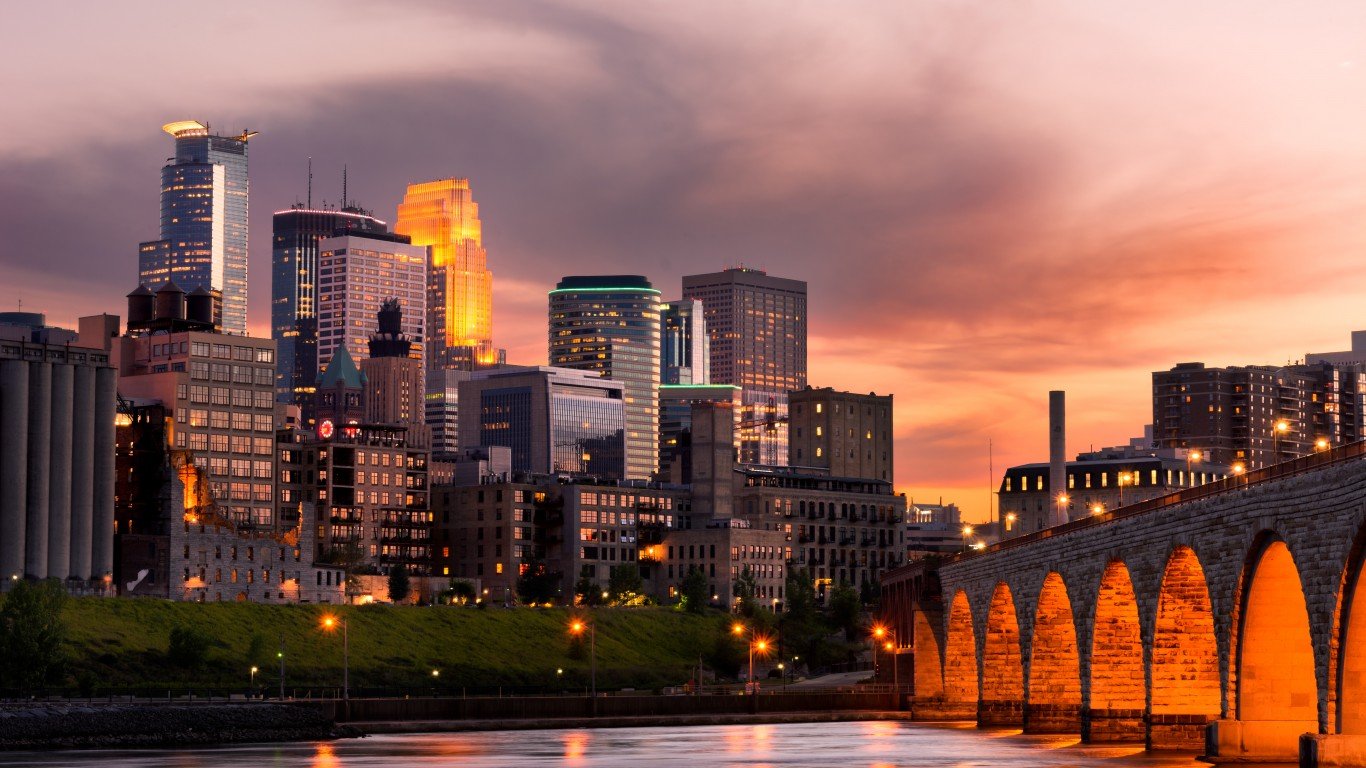
36. Minnesota
> Average temperature in the summer: 66.3 F
> Hottest area in the summer: Minneapolis-St.Paul with avg. summer temp. of 71.3 F
> Highest temperature recorded since 1980: 108.0 F in Rochester
[in-text-ad]
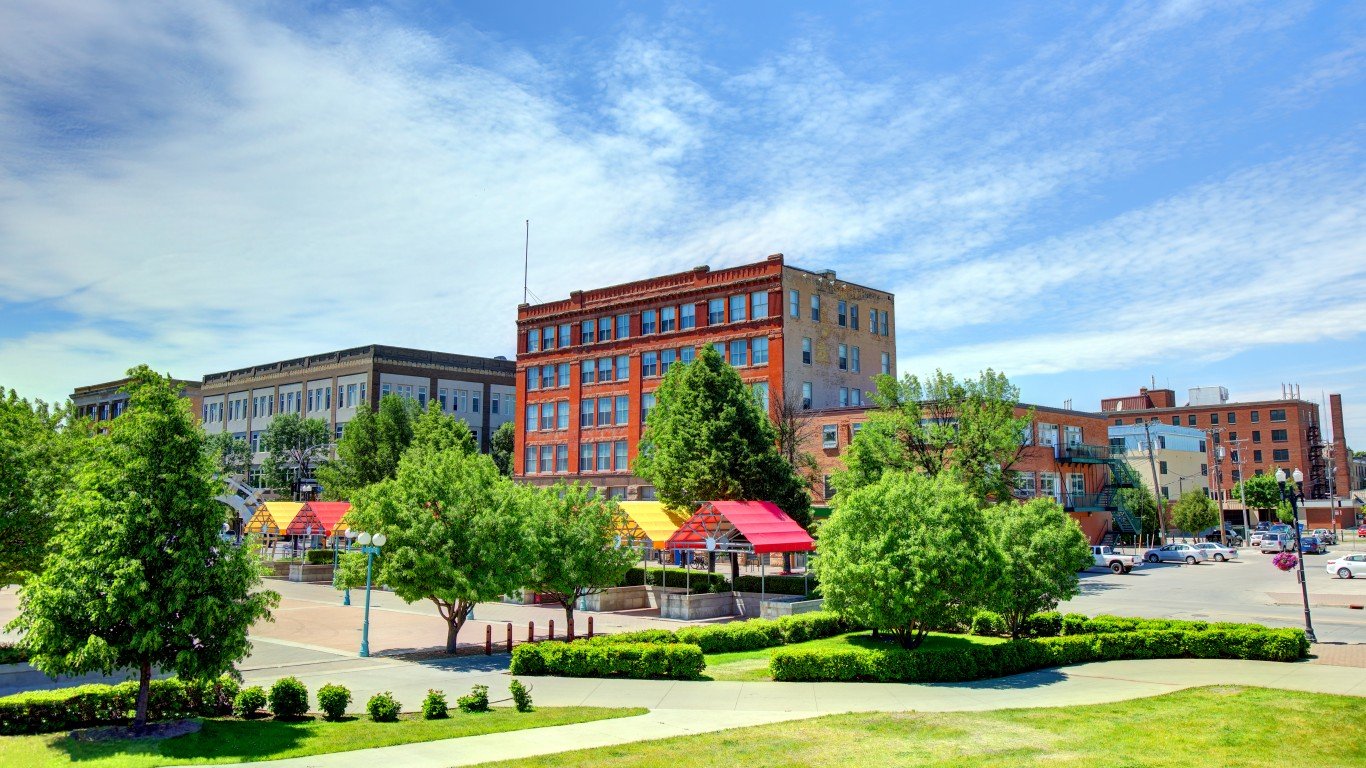
37. North Dakota
> Average temperature in the summer: 66.3 F
> Hottest area in the summer: Fargo with avg. summer temp. of 68.8 F
> Highest temperature recorded since 1980: 112.0 F in Bismarck
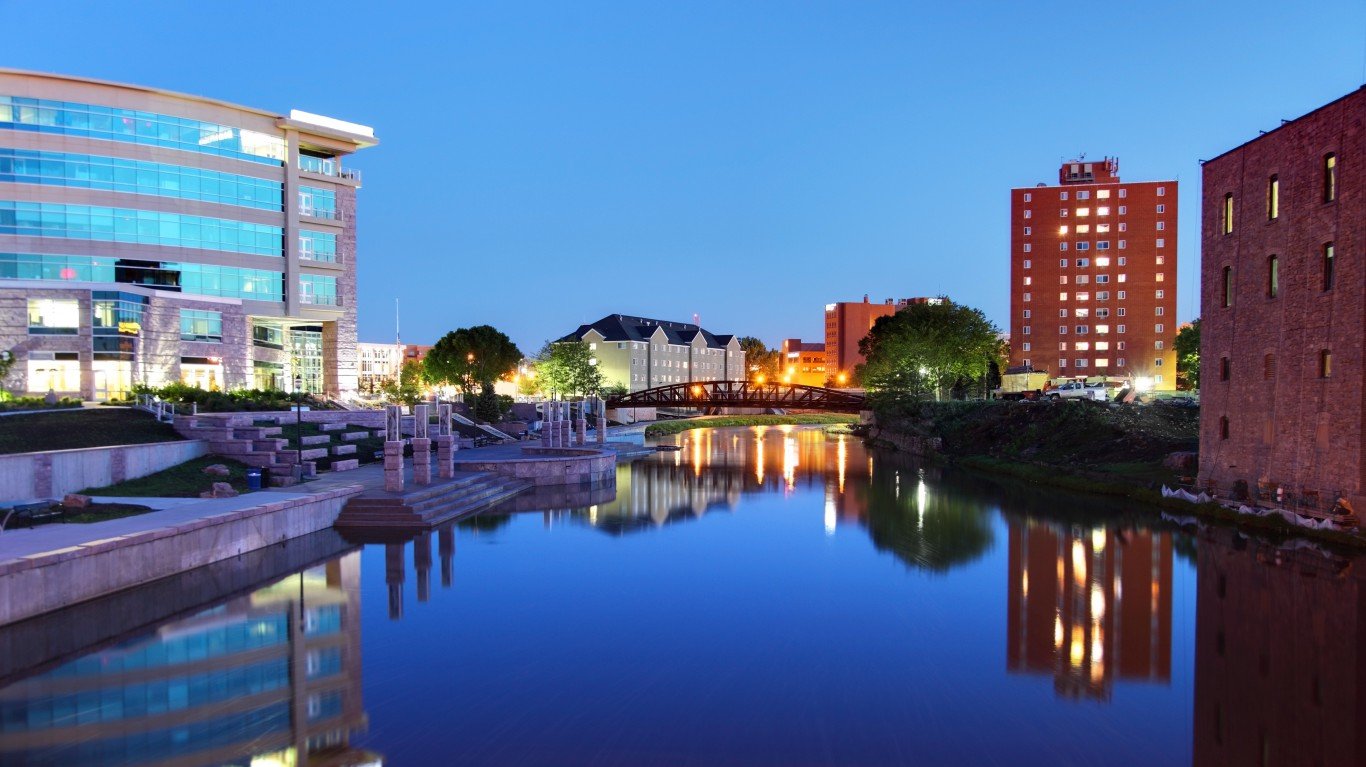
38. South Dakota
> Average temperature in the summer: 66.3 F
> Hottest area in the summer: Huron with avg. summer temp. of 71.0 F
> Highest temperature recorded since 1980: 115.0 F in Aberdeen
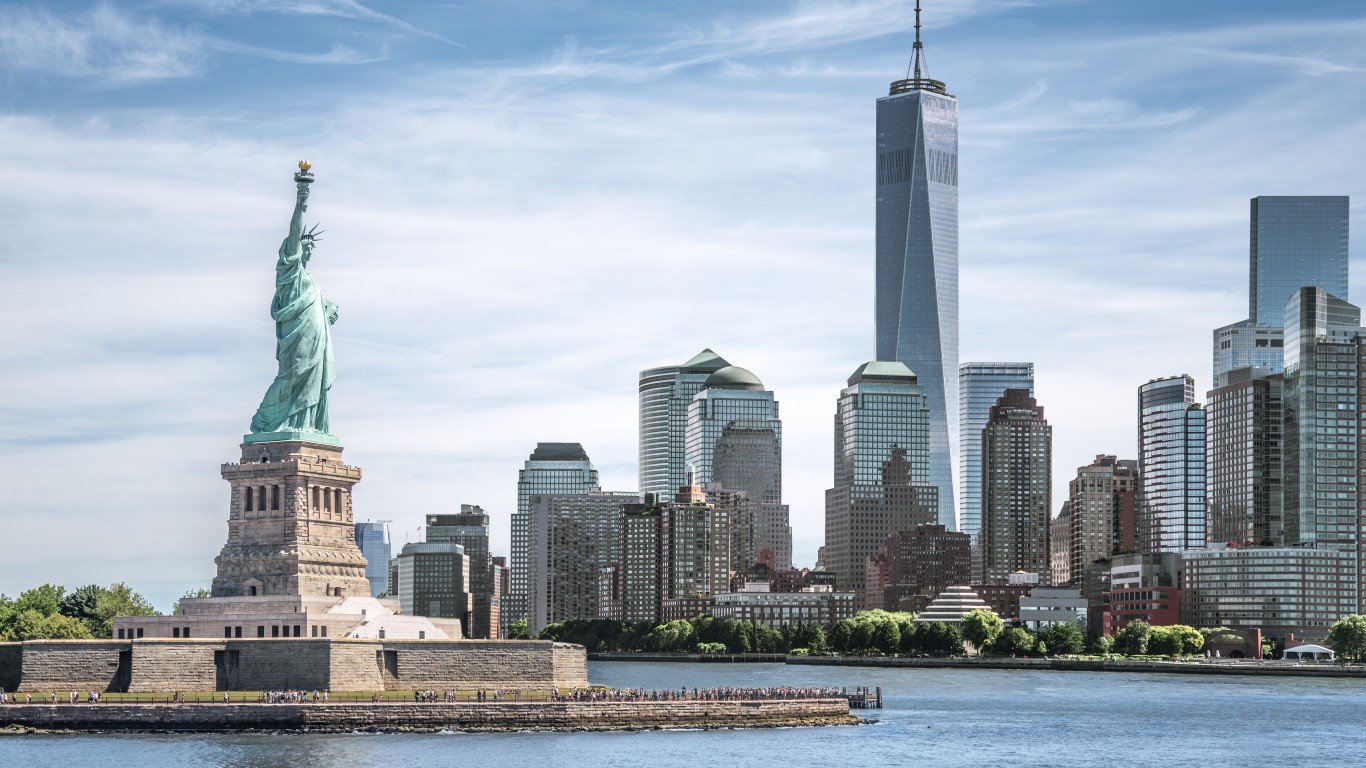
39. New York
> Average temperature in the summer: 65.9 F
> Hottest area in the summer: New York (Laguardia Airport) with avg. summer temp. of 75.3 F
> Highest temperature recorded since 1980: 107.0 F in New York Laguardia Ap
[in-text-ad-2]
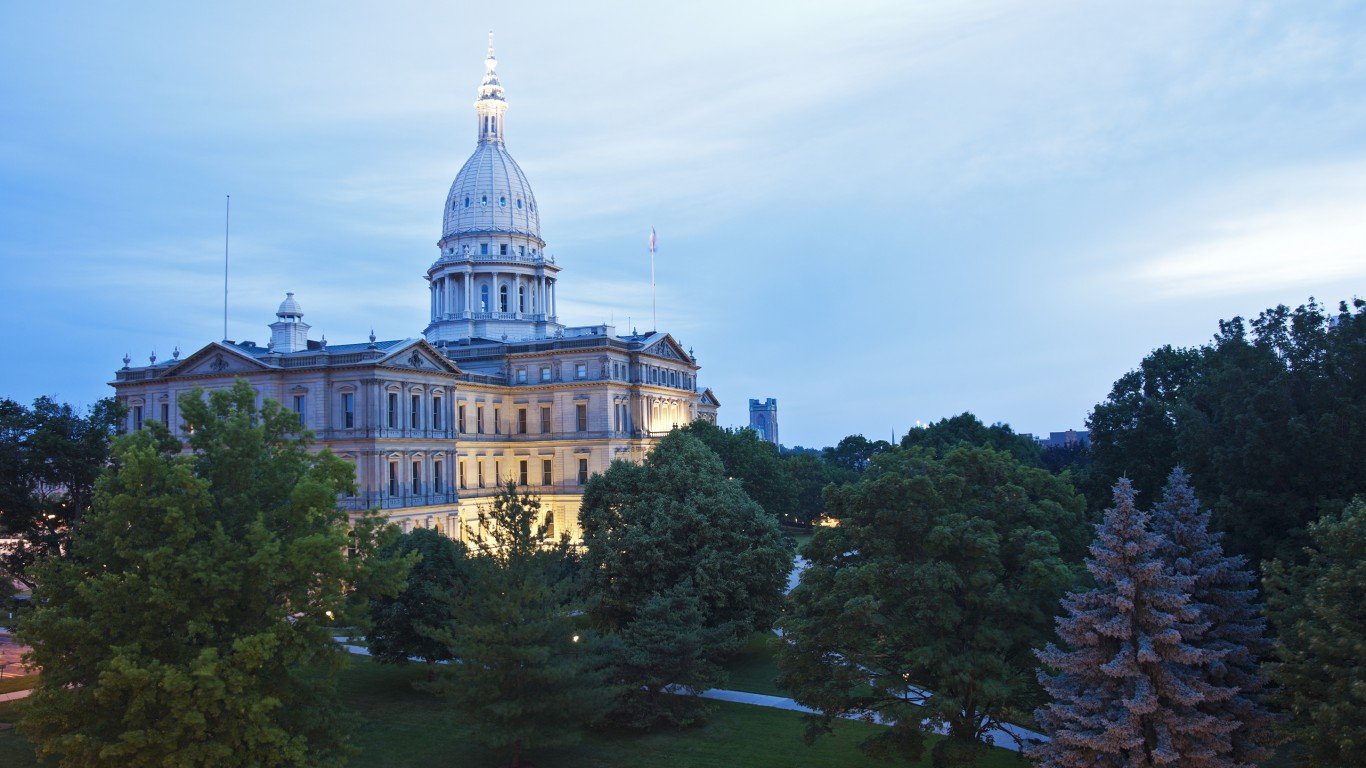
40. Michigan
> Average temperature in the summer: 65.7 F
> Hottest area in the summer: Detroit with avg. summer temp. of 71.8 F
> Highest temperature recorded since 1980: 106.0 F in Alpena
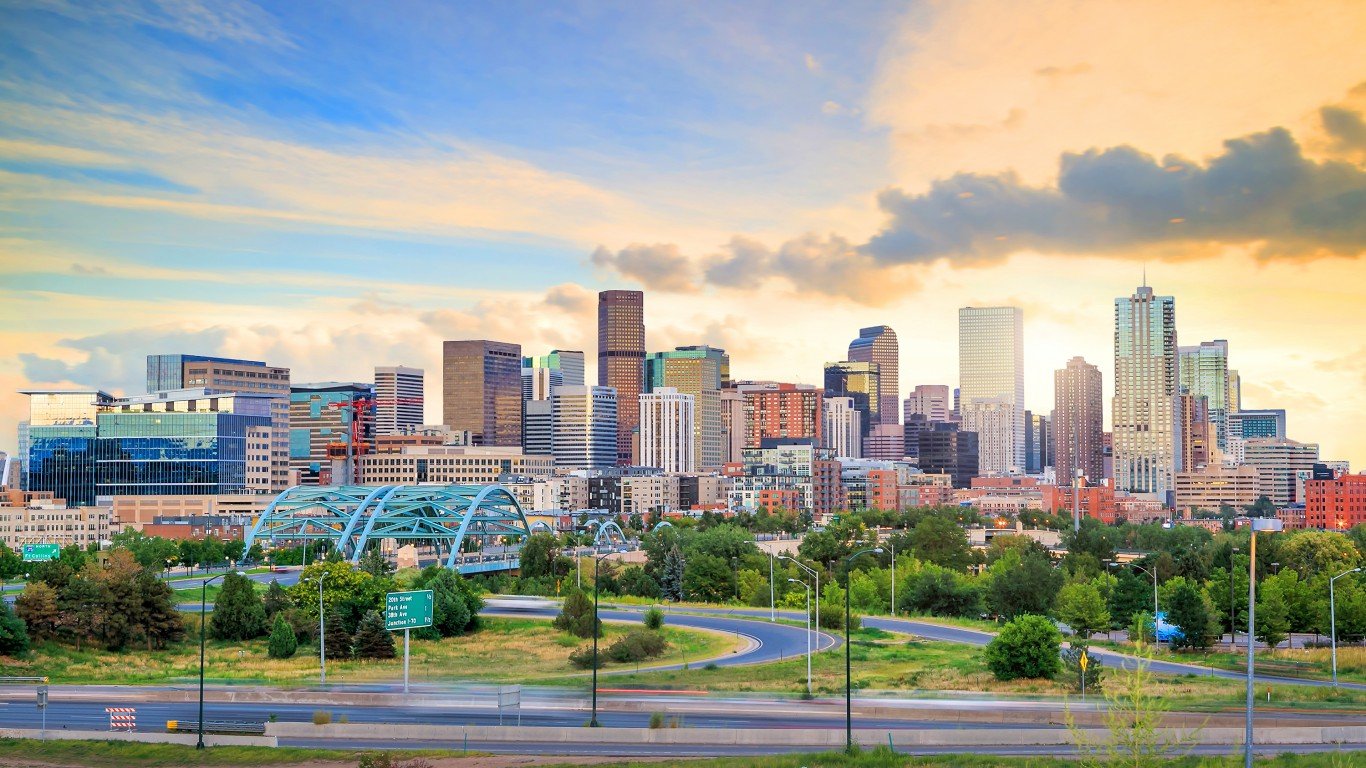
41. Colorado
> Average temperature in the summer: 64.5 F
> Hottest area in the summer: Grand Junction with avg. summer temp. of 75.2 F
> Highest temperature recorded since 1980: 109.0 F in Pueblo
[in-text-ad]
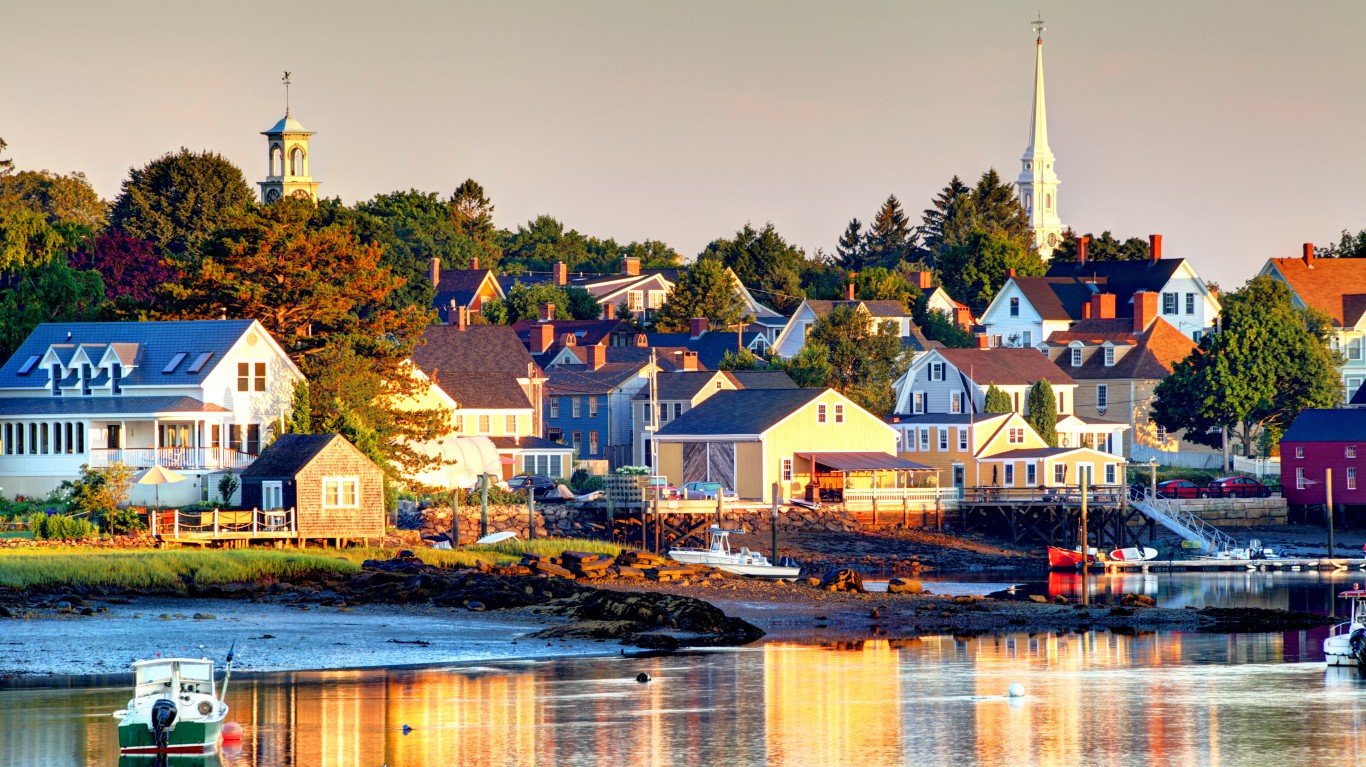
42. New Hampshire
> Average temperature in the summer: 64.0 F
> Hottest area in the summer: Concord with avg. summer temp. of 67.8 F
> Highest temperature recorded since 1980: 102.0 F in Concord
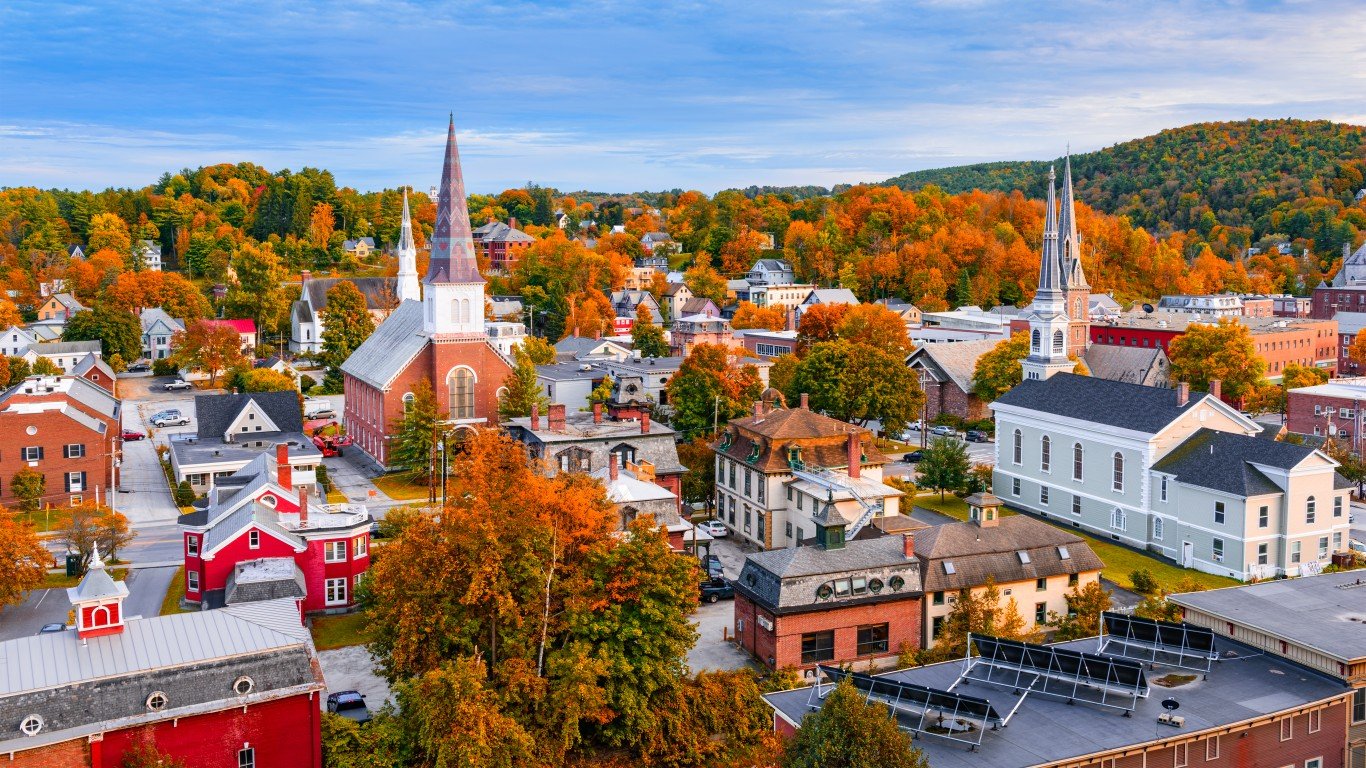
43. Vermont
> Average temperature in the summer: 63.5 F
> Hottest area in the summer: Burlington with avg. summer temp. of 68.4 F
> Highest temperature recorded since 1980: 101.0 F in Burlington
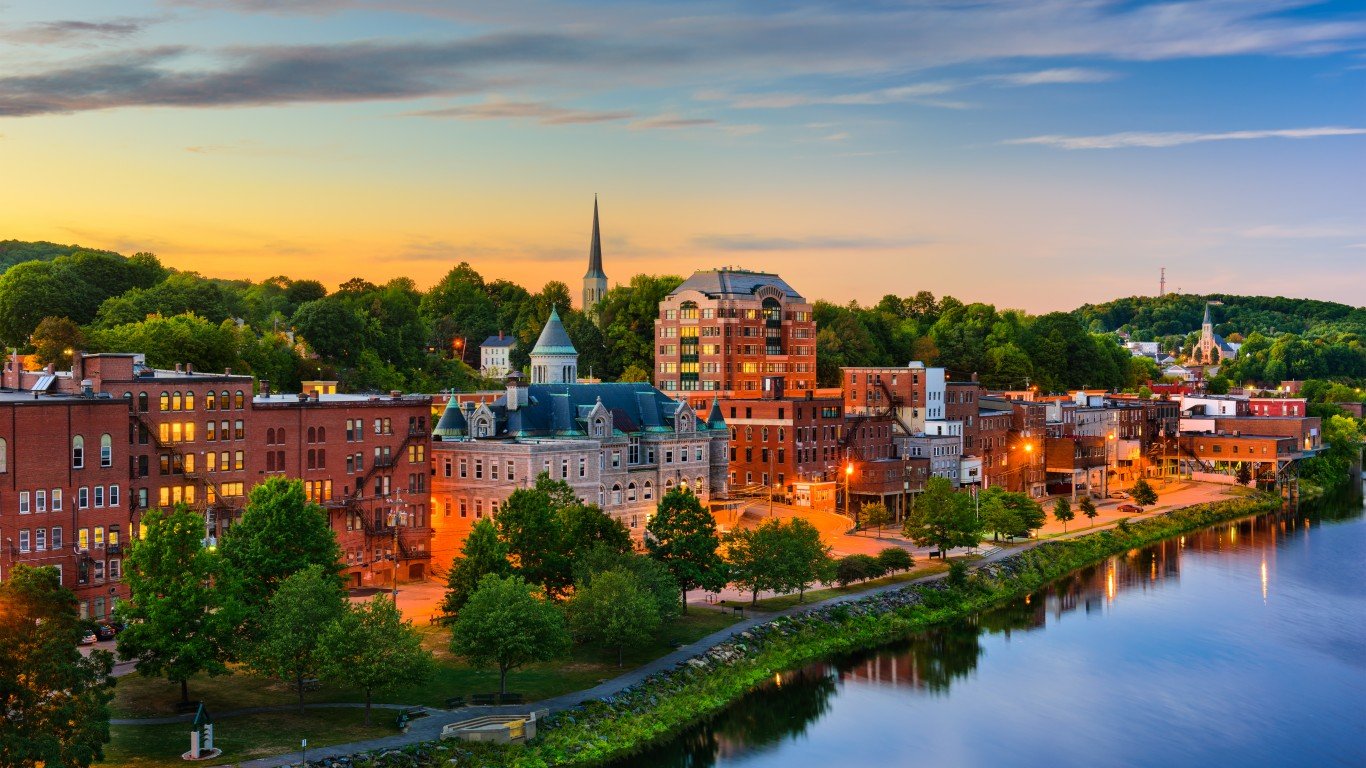
44. Maine
> Average temperature in the summer: 62.7 F
> Hottest area in the summer: Portland with avg. summer temp. of 66.8 F
> Highest temperature recorded since 1980: 103.0 F in Portland
[in-text-ad-2]
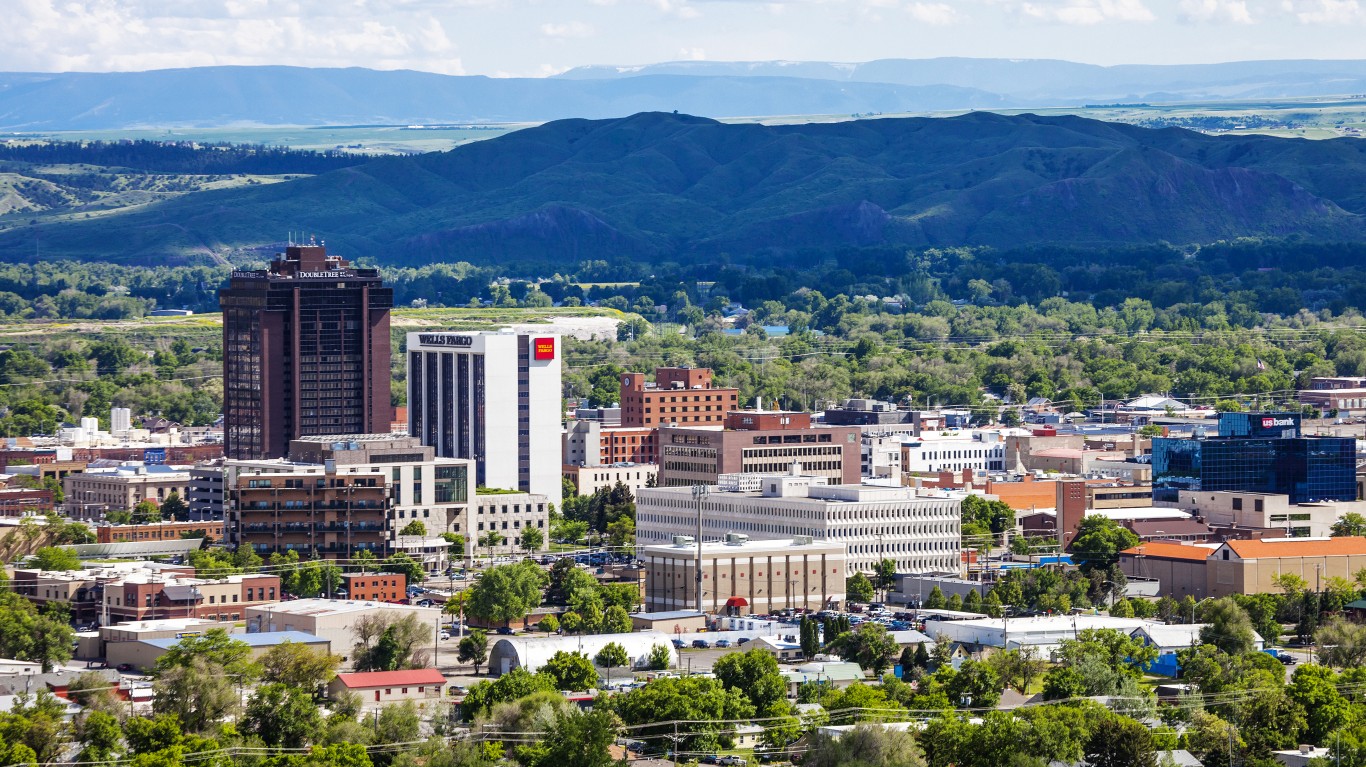
45. Montana
> Average temperature in the summer: 62.7 F
> Hottest area in the summer: Billings with avg. summer temp. of 69.7 F
> Highest temperature recorded since 1980: 111.0 F in Havre
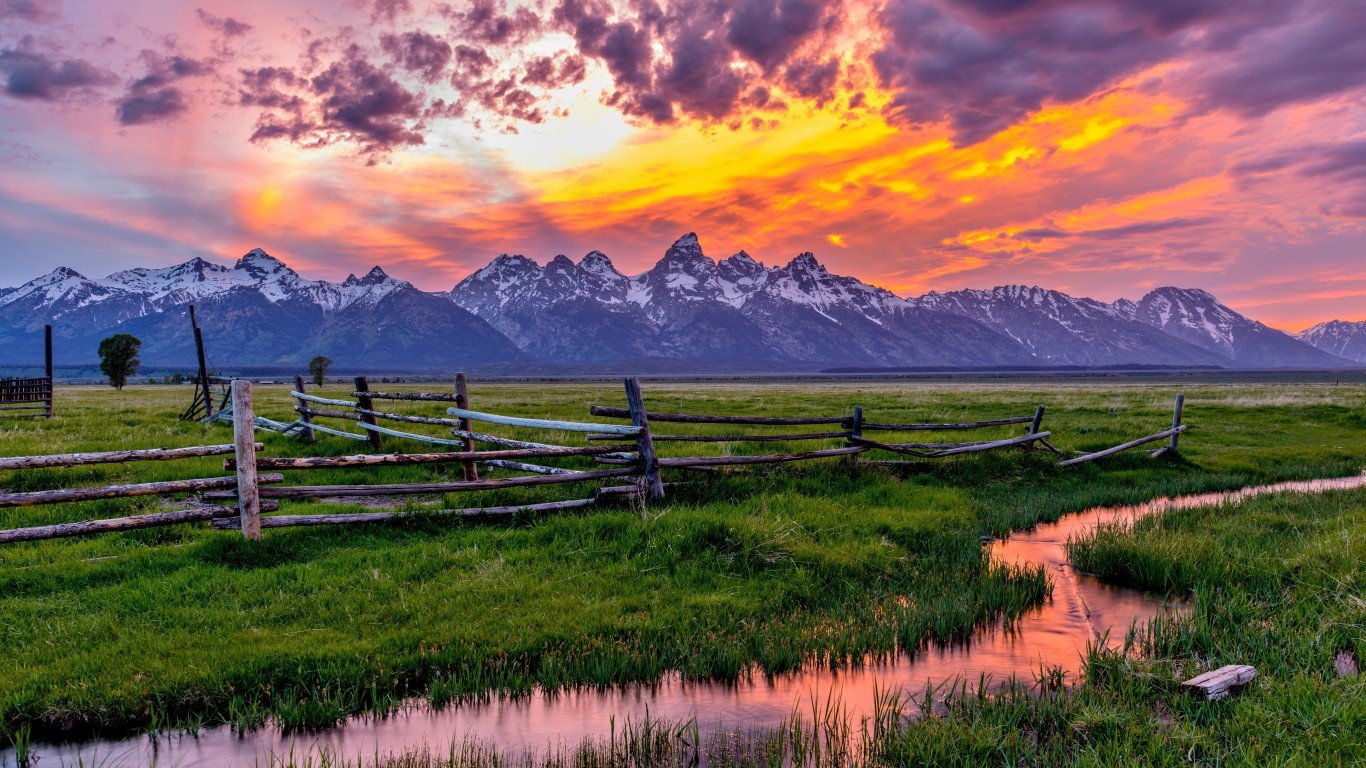
46. Wyoming
> Average temperature in the summer: 62.1 F
> Hottest area in the summer: Casper with avg. summer temp. of 67.2 F
> Highest temperature recorded since 1980: 107.0 F in Sheridan
[in-text-ad]
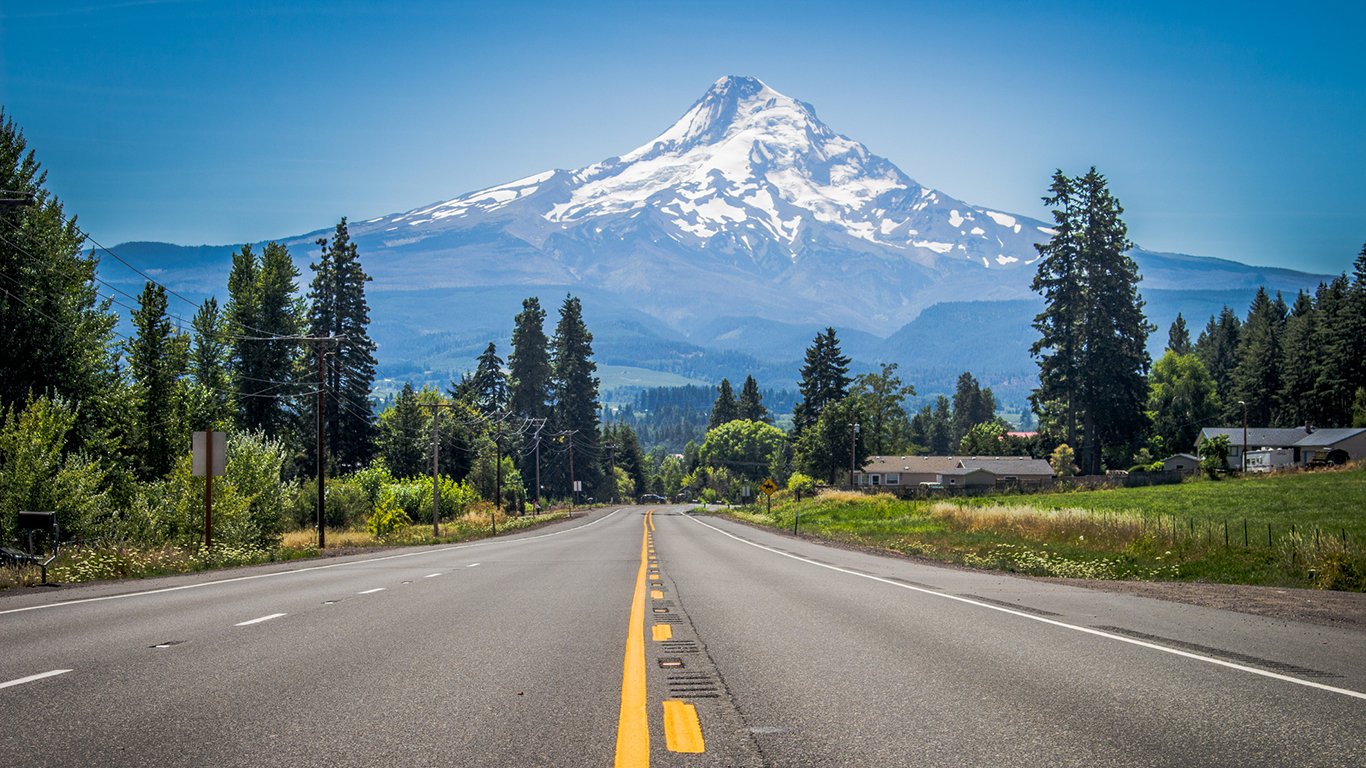
47. Oregon
> Average temperature in the summer: 62.0 F
> Hottest area in the summer: Medford with avg. summer temp. of 71.5 F
> Highest temperature recorded since 1980: 115.0 F in Medford
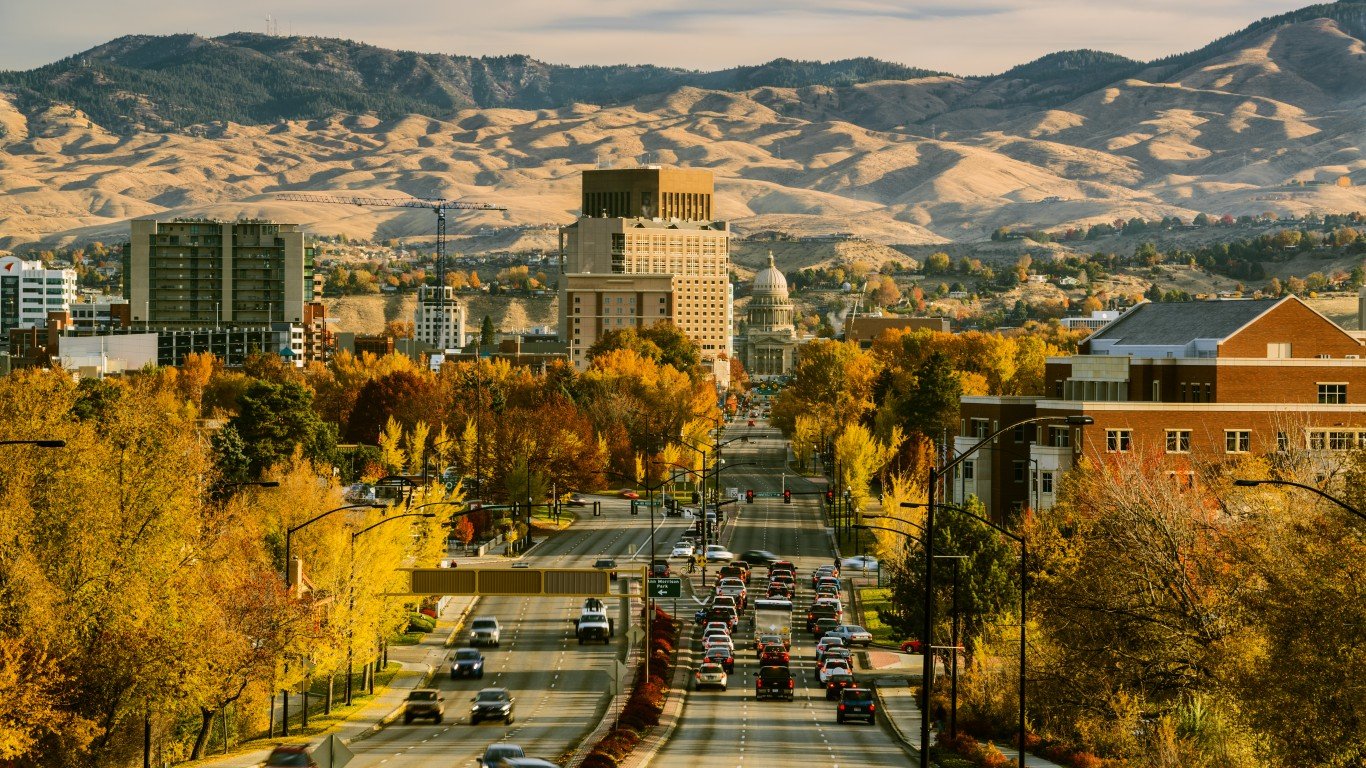
48. Idaho
> Average temperature in the summer: 61.8 F
> Hottest area in the summer: Boise with avg. summer temp. of 72.7 F
> Highest temperature recorded since 1980: 115.0 F in Lewiston
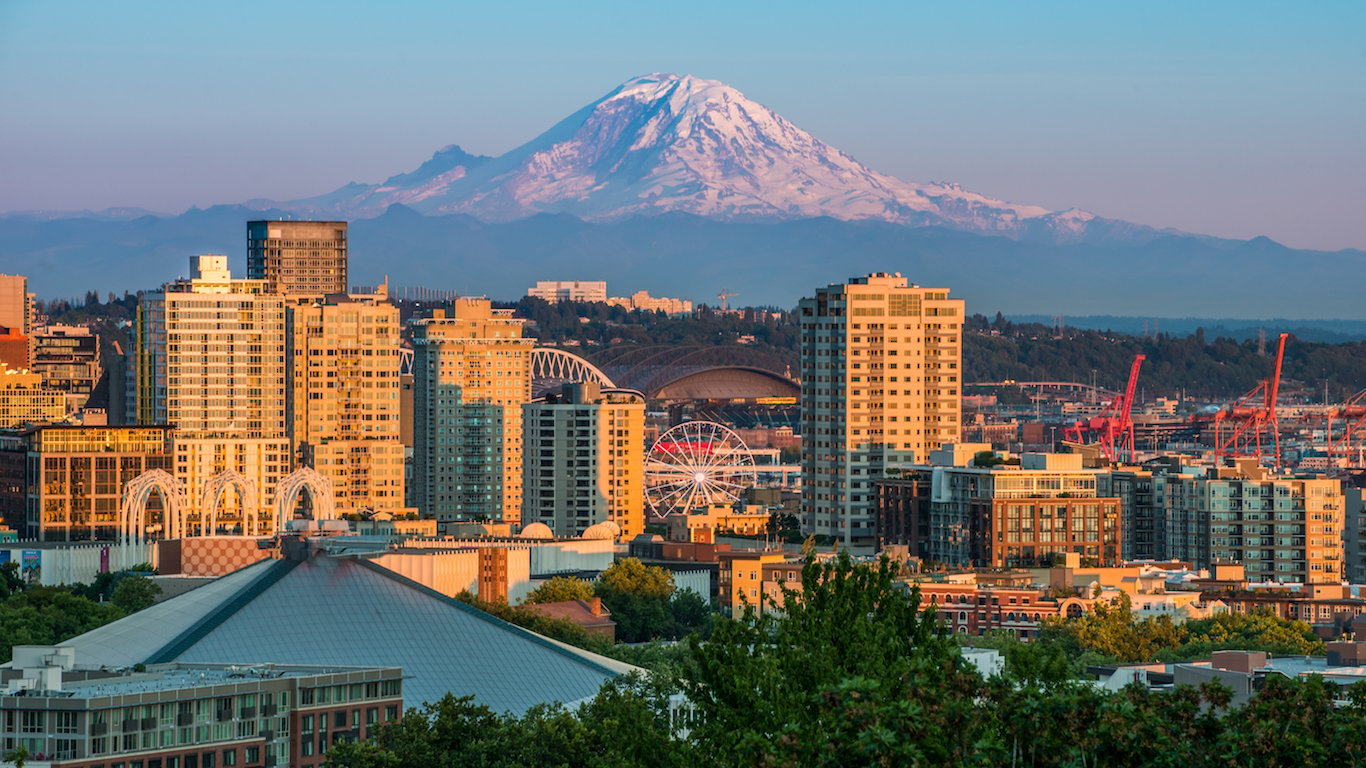
49. Washington
> Average temperature in the summer: 61.6 F
> Hottest area in the summer: Walla Walla with avg. summer temp. of 71.9 F
> Highest temperature recorded since 1980: 114.0 F in Walla Walla
[in-text-ad-2]
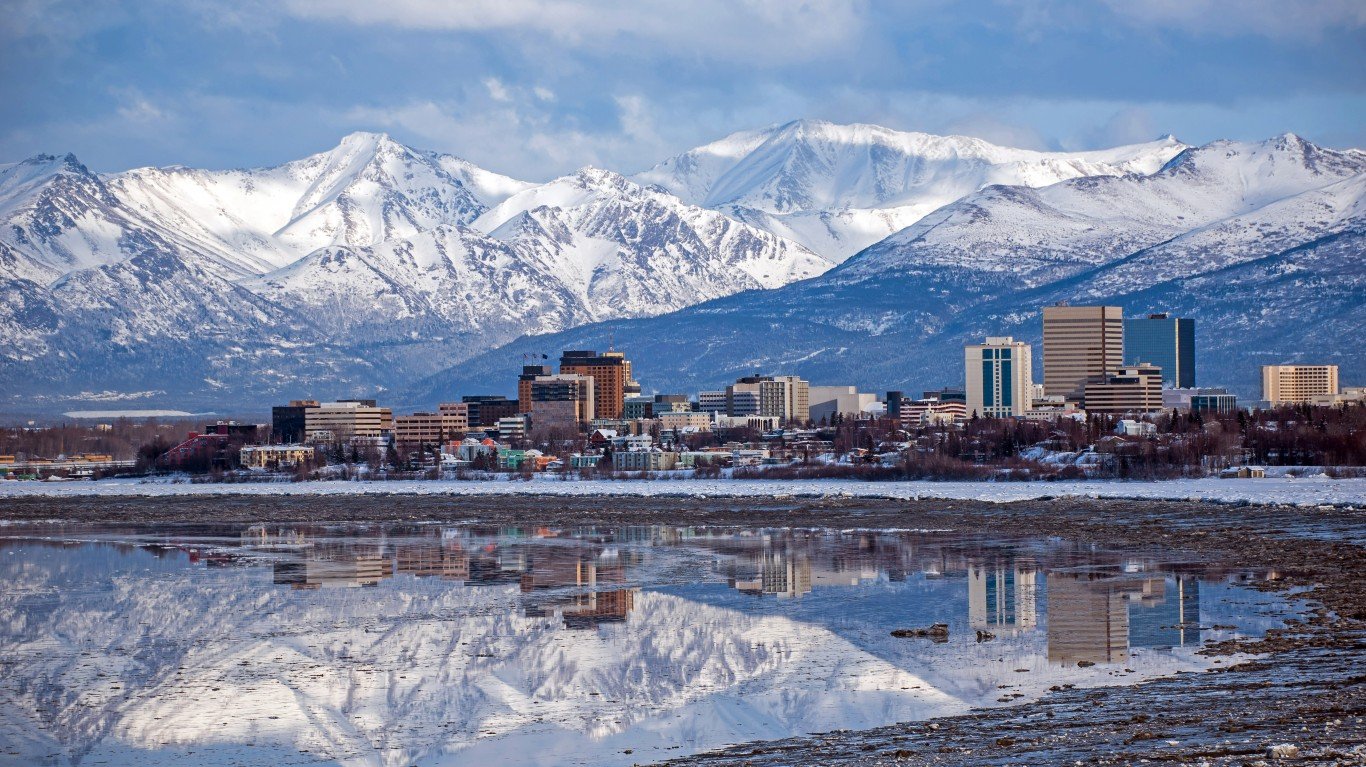
50. Alaska
> Average temperature in the summer: 50.5 F
> Hottest area in the summer: Fairbanks with avg. summer temp. of 59.7 F
> Highest temperature recorded since 1980: 97.0 F in Gulkana
Take This Retirement Quiz To Get Matched With A Financial Advisor (Sponsored)
Take the quiz below to get matched with a financial advisor today.
Each advisor has been vetted by SmartAsset and is held to a fiduciary standard to act in your best interests.
Here’s how it works:
1. Answer SmartAsset advisor match quiz
2. Review your pre-screened matches at your leisure. Check out the
advisors’ profiles.
3. Speak with advisors at no cost to you. Have an introductory call on the phone or introduction in person and choose whom to work with in the future
Take the retirement quiz right here.
Thank you for reading! Have some feedback for us?
Contact the 24/7 Wall St. editorial team.
 24/7 Wall St.
24/7 Wall St.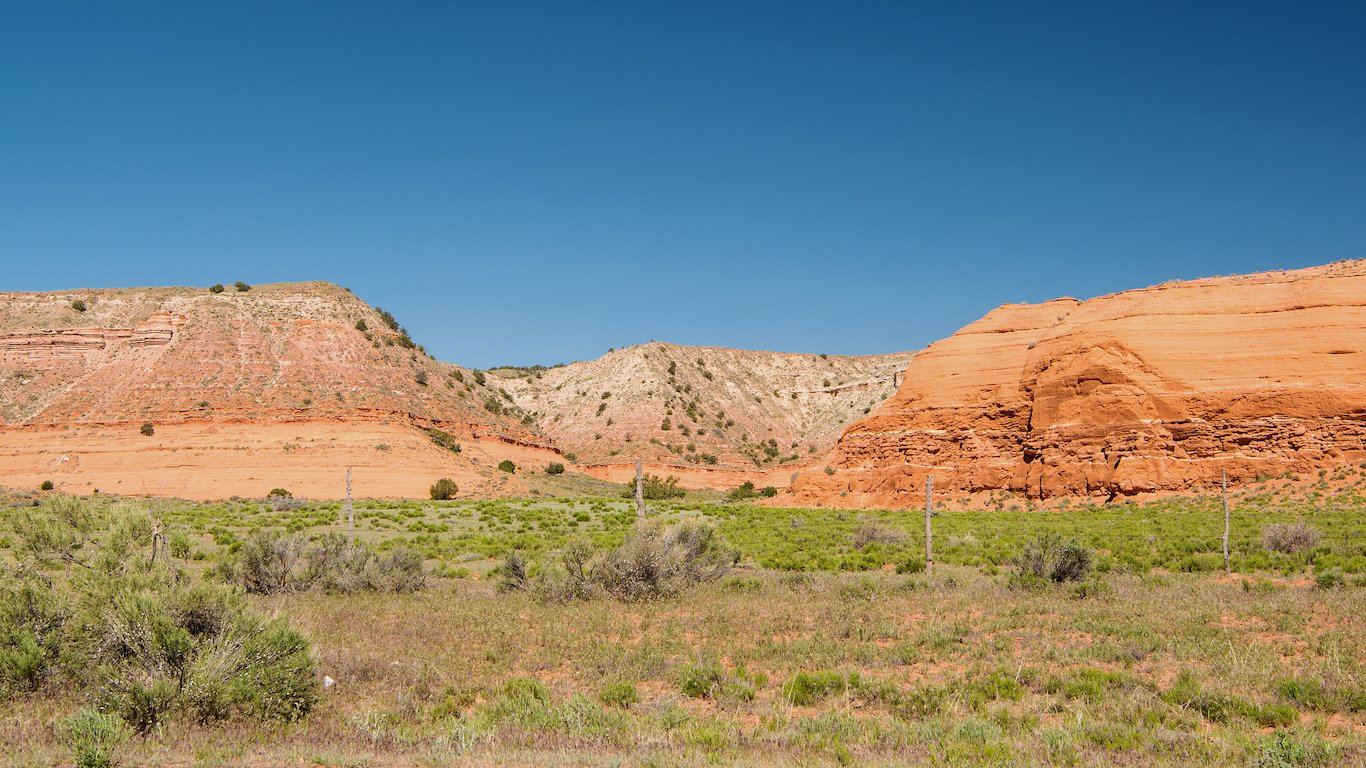 24/7 Wall St.
24/7 Wall St. 24/7 Wall St.
24/7 Wall St.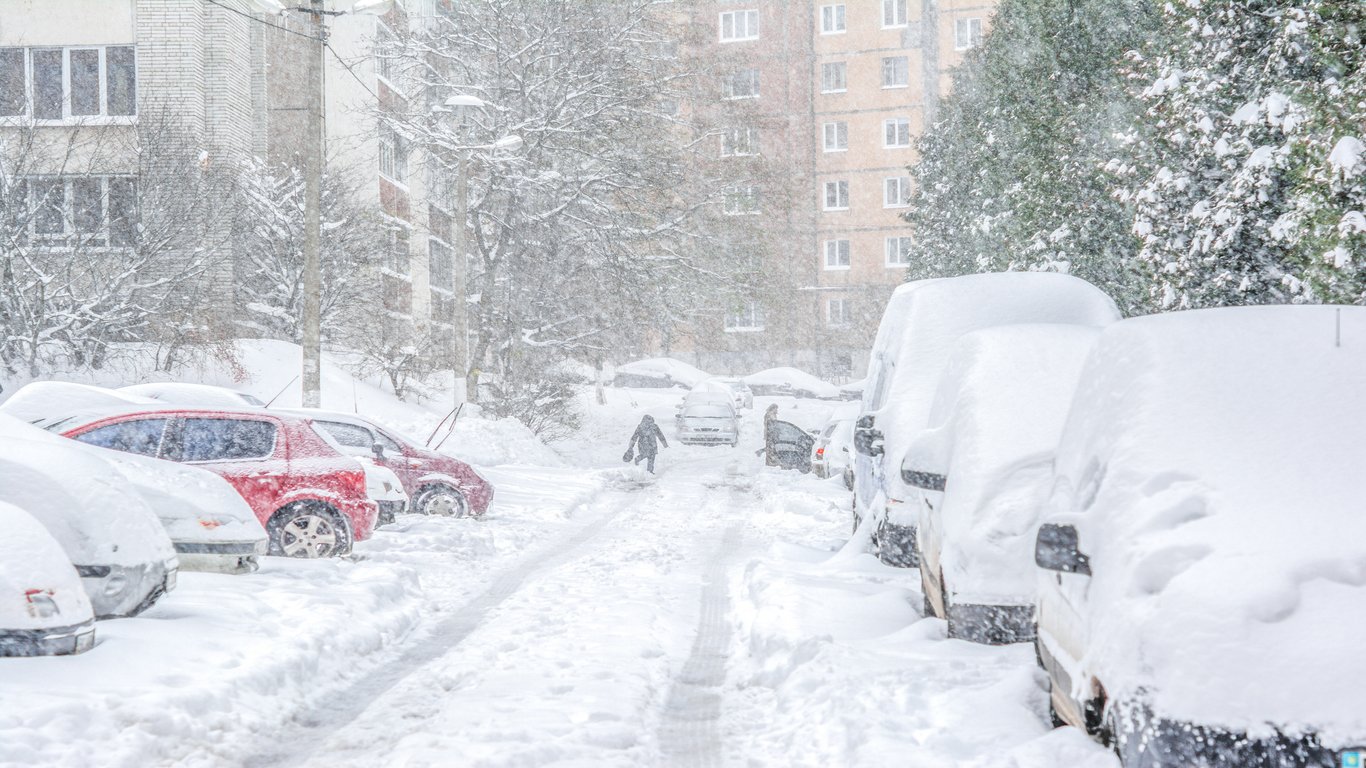 24/7 Wall St.
24/7 Wall St.
